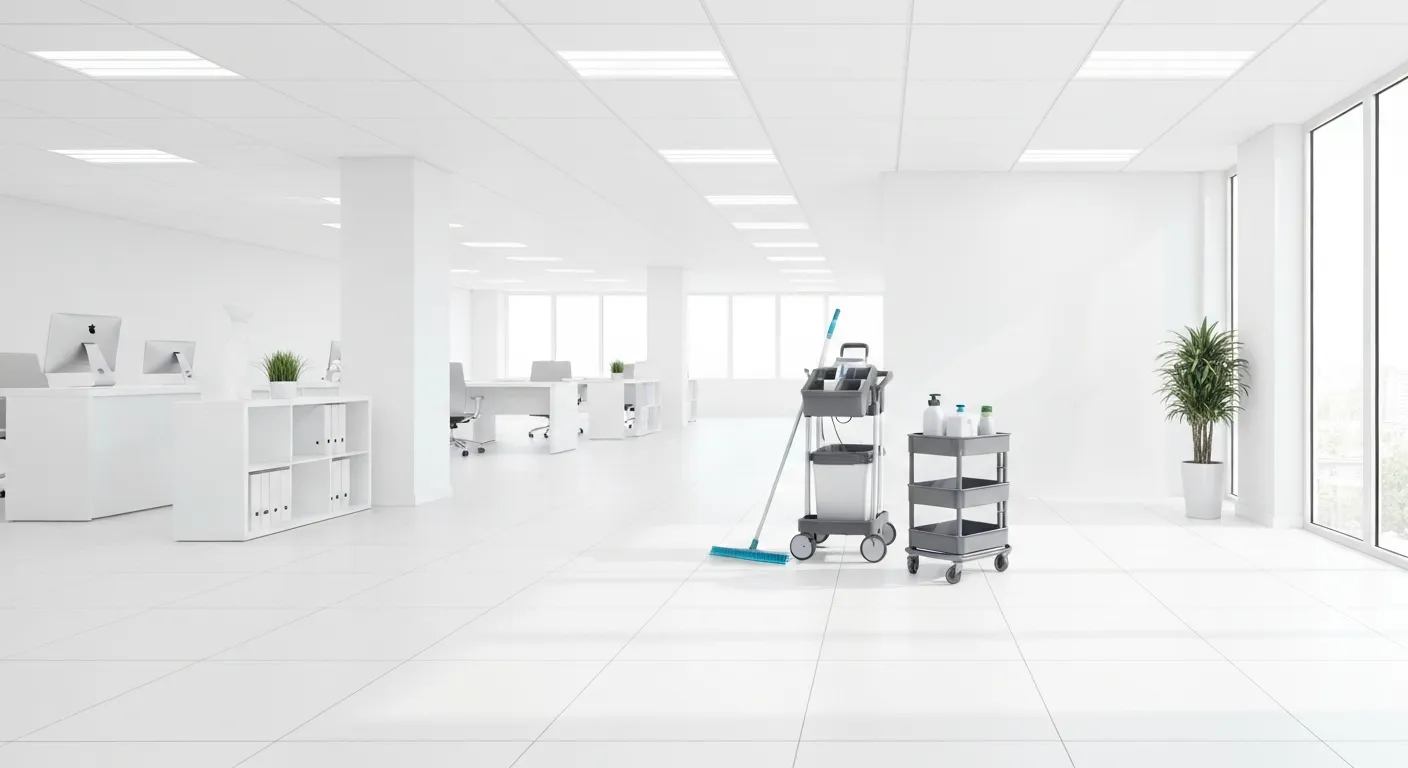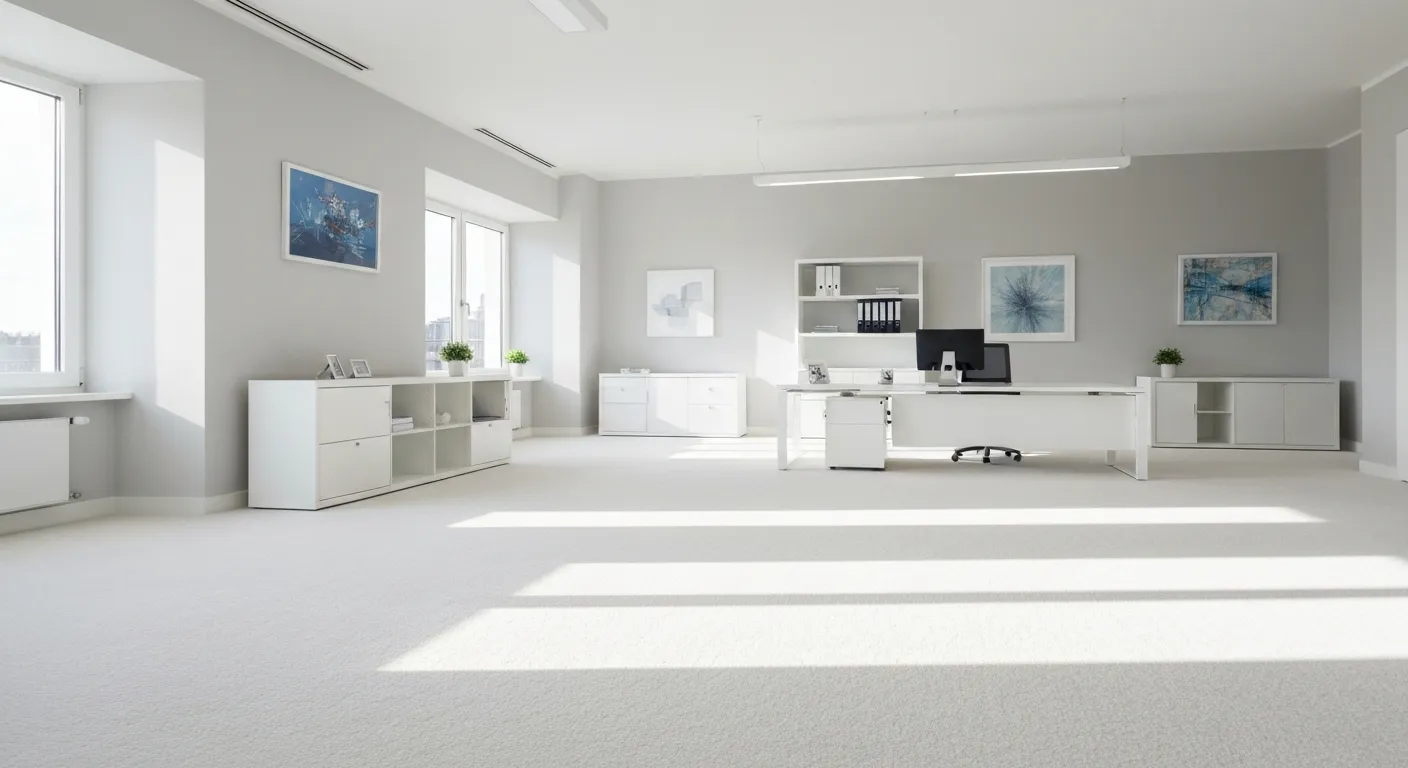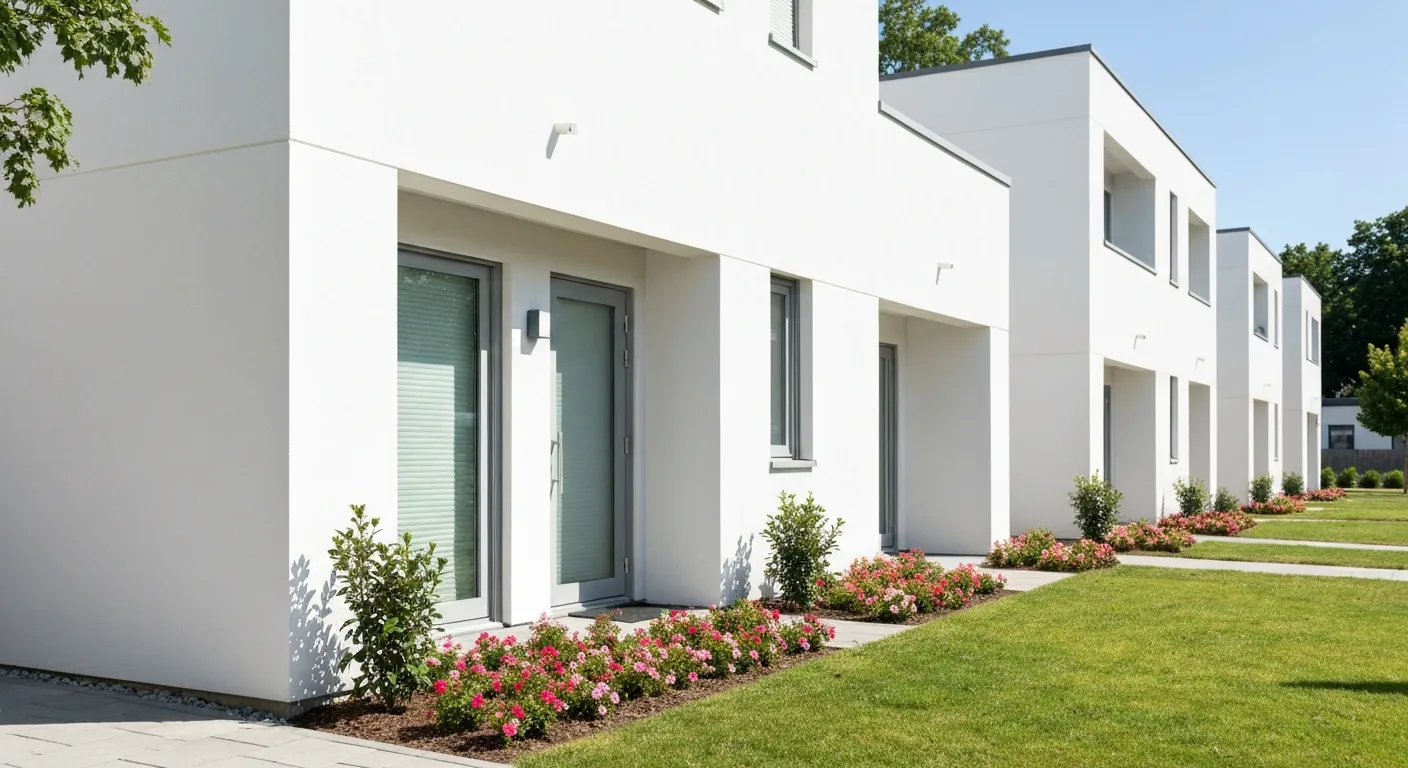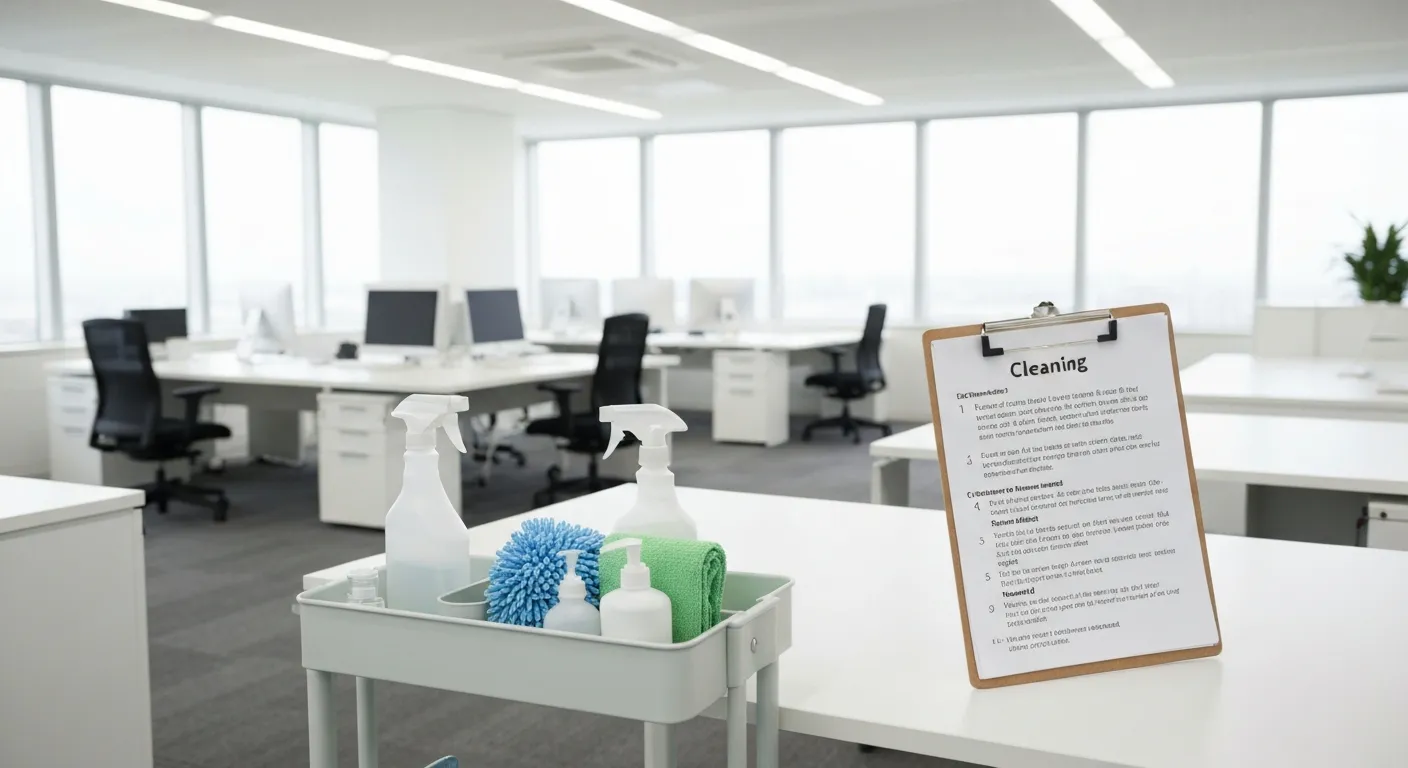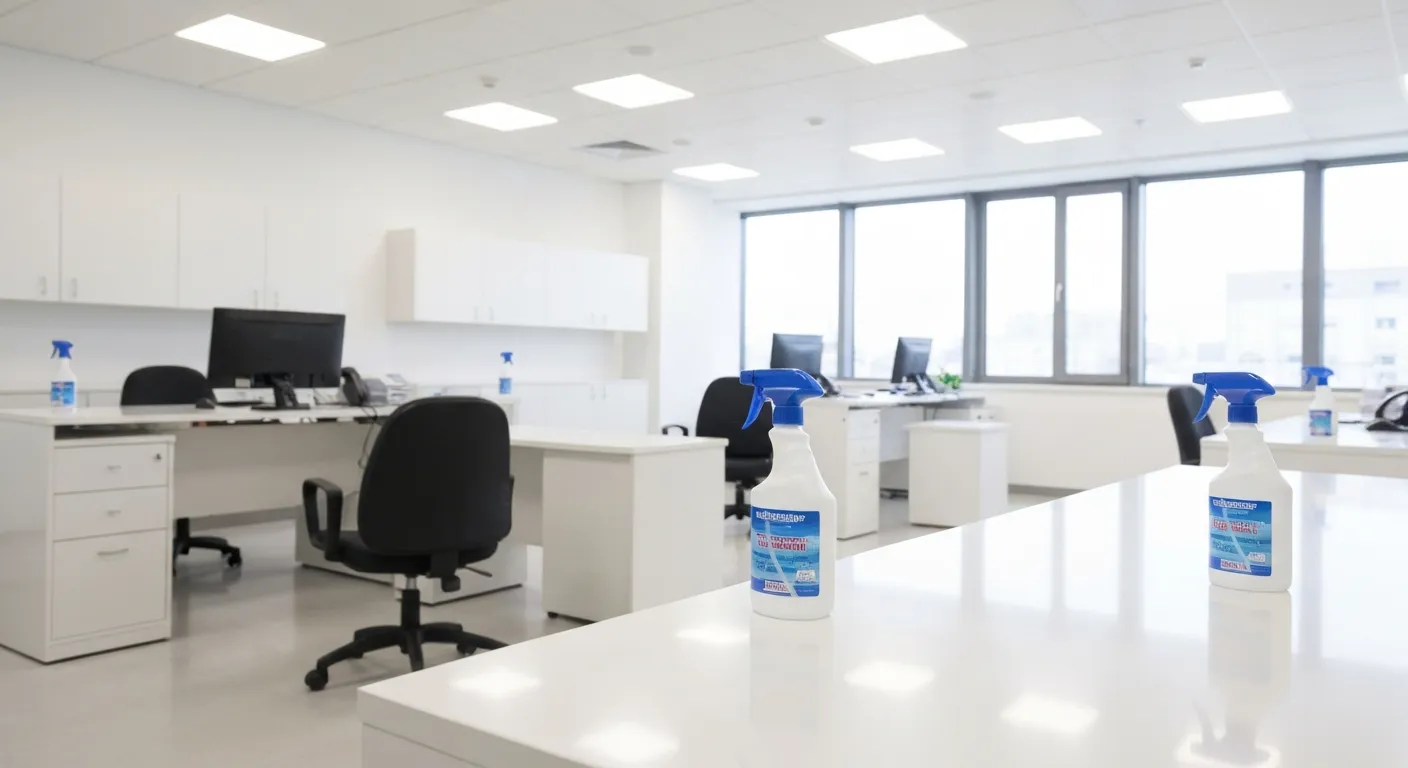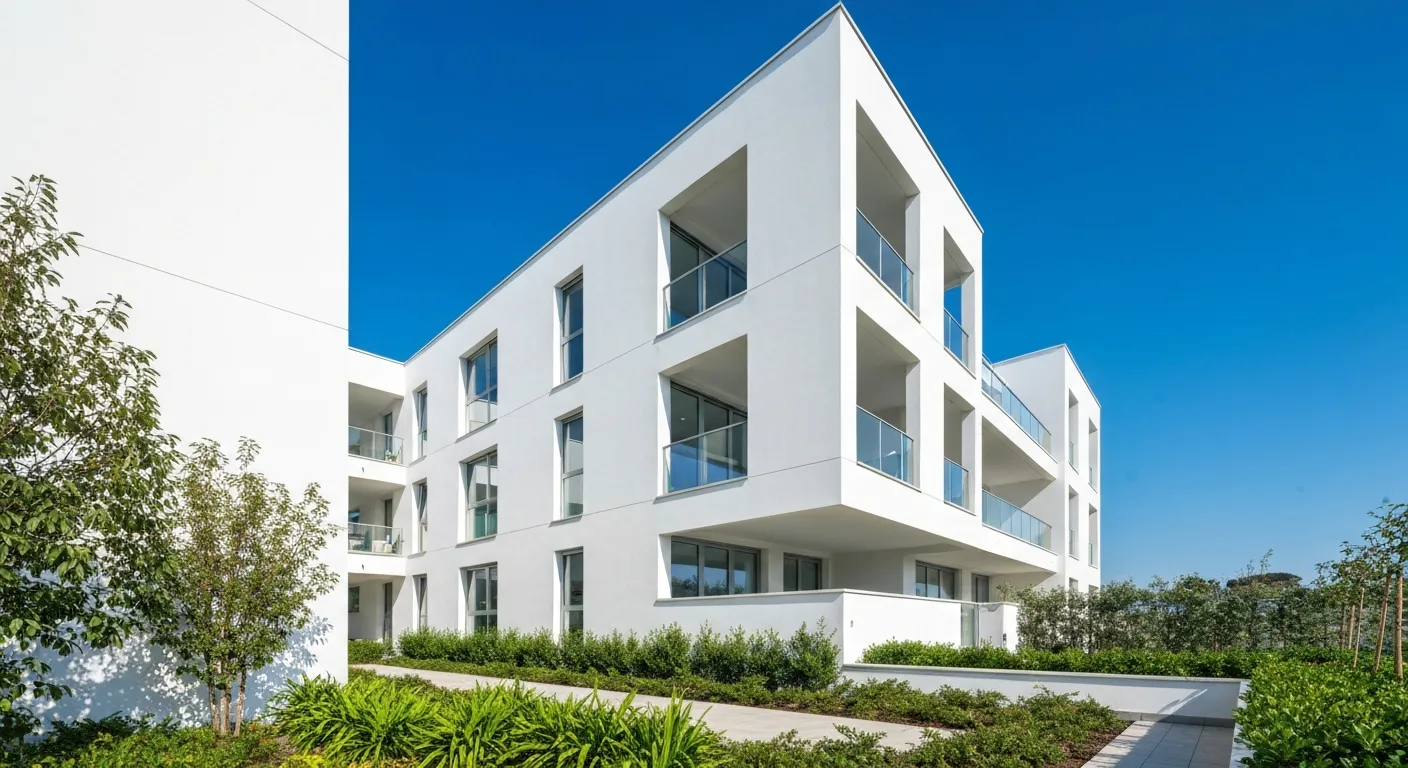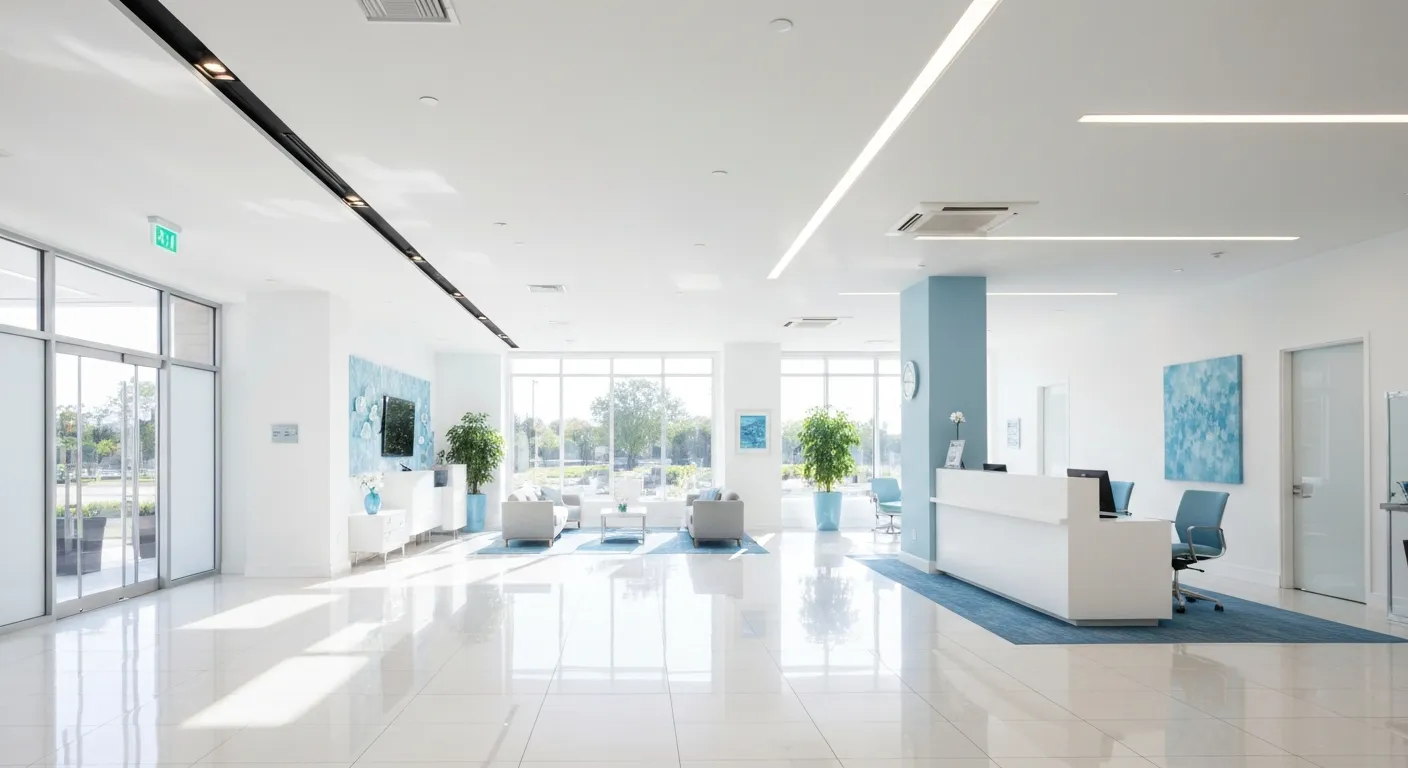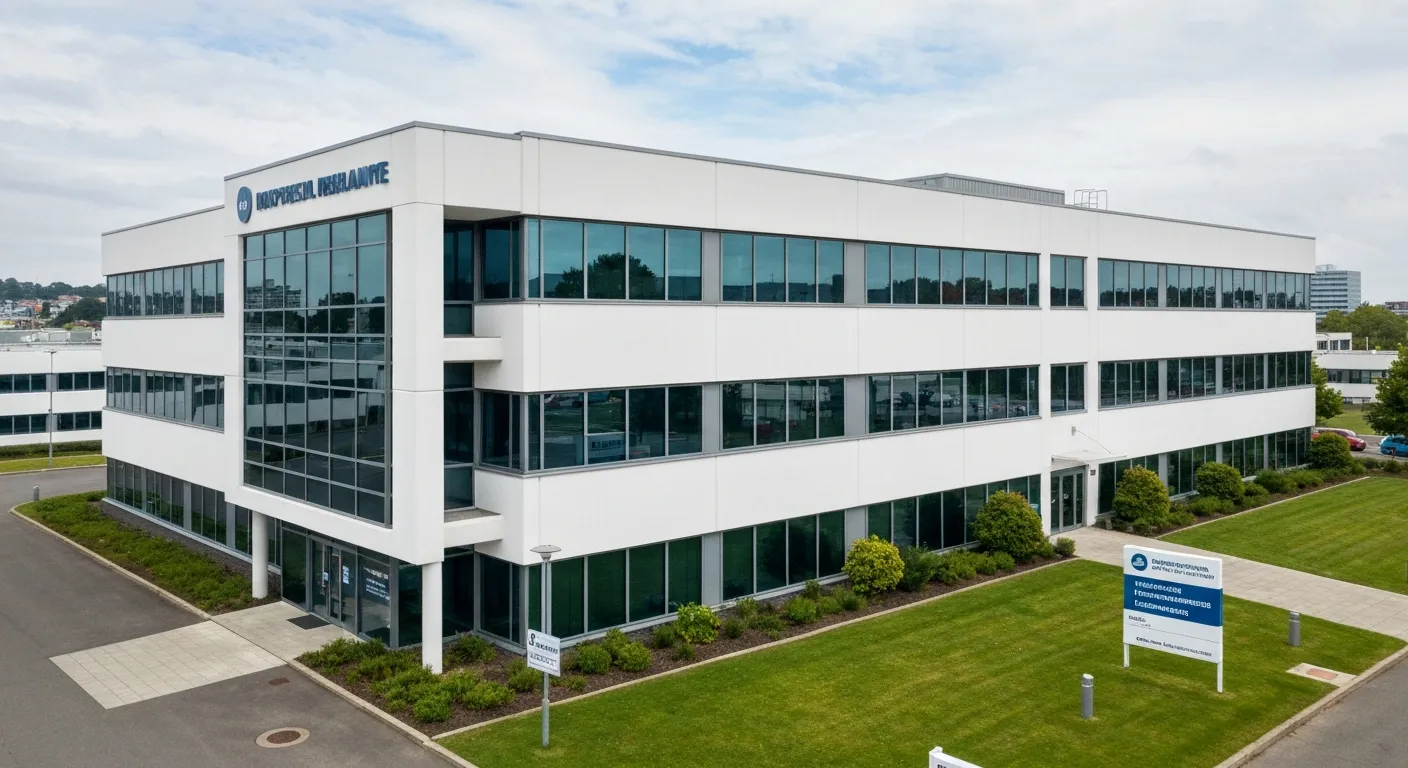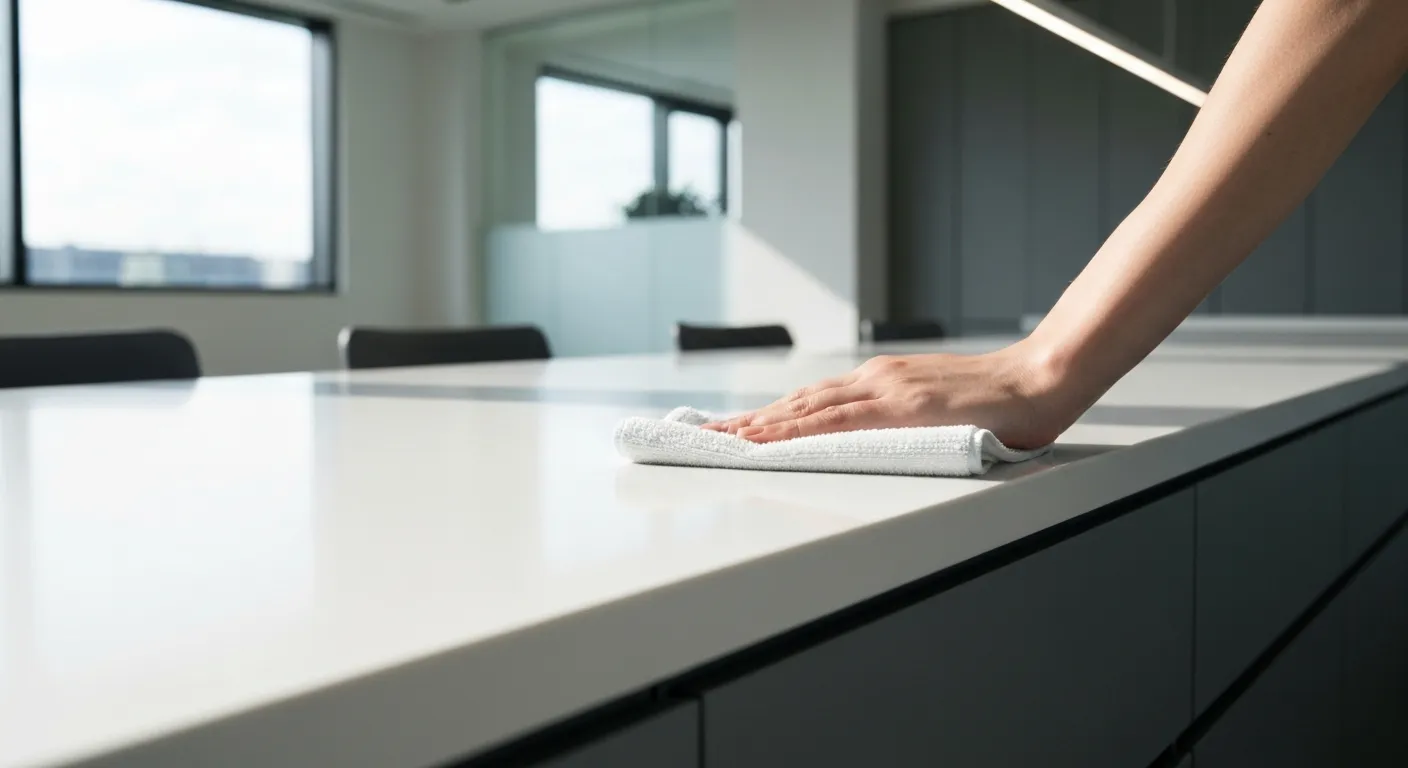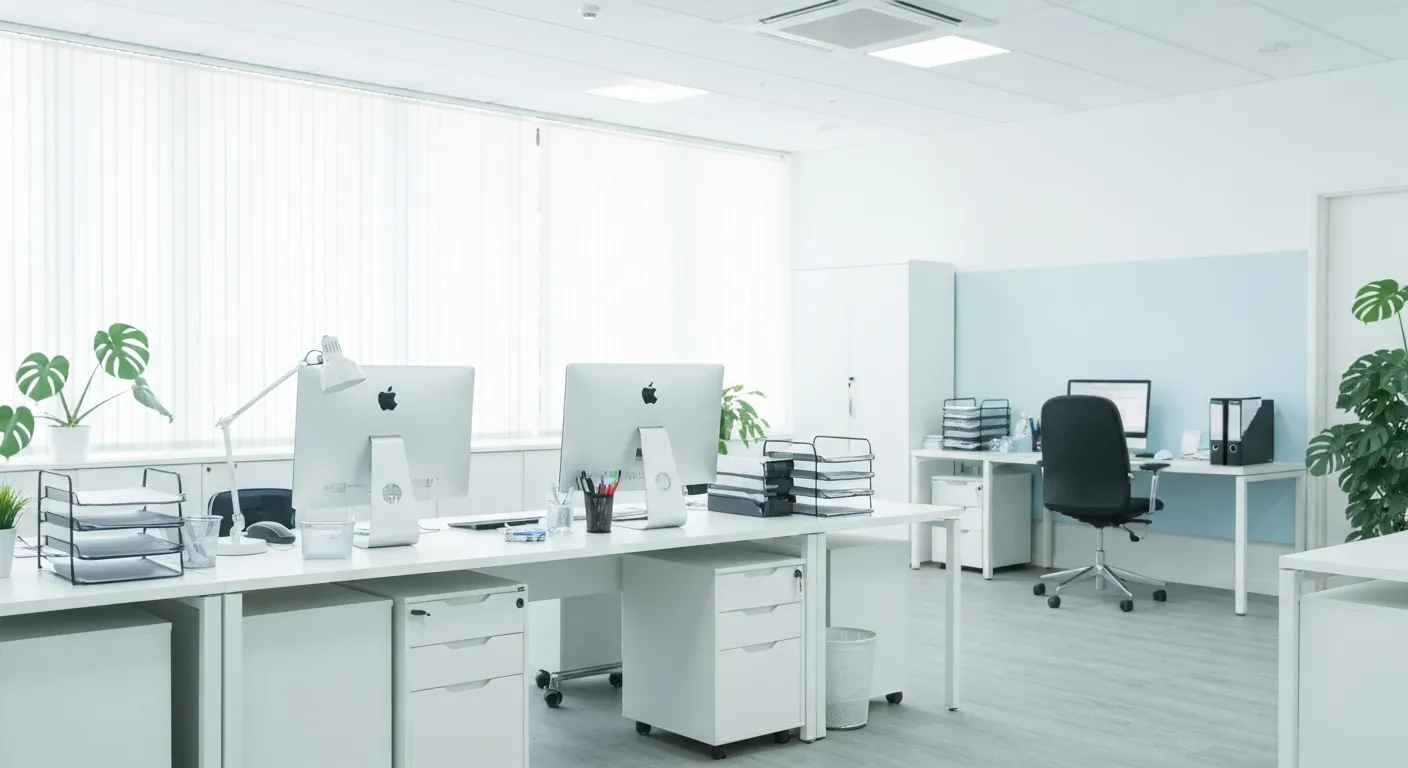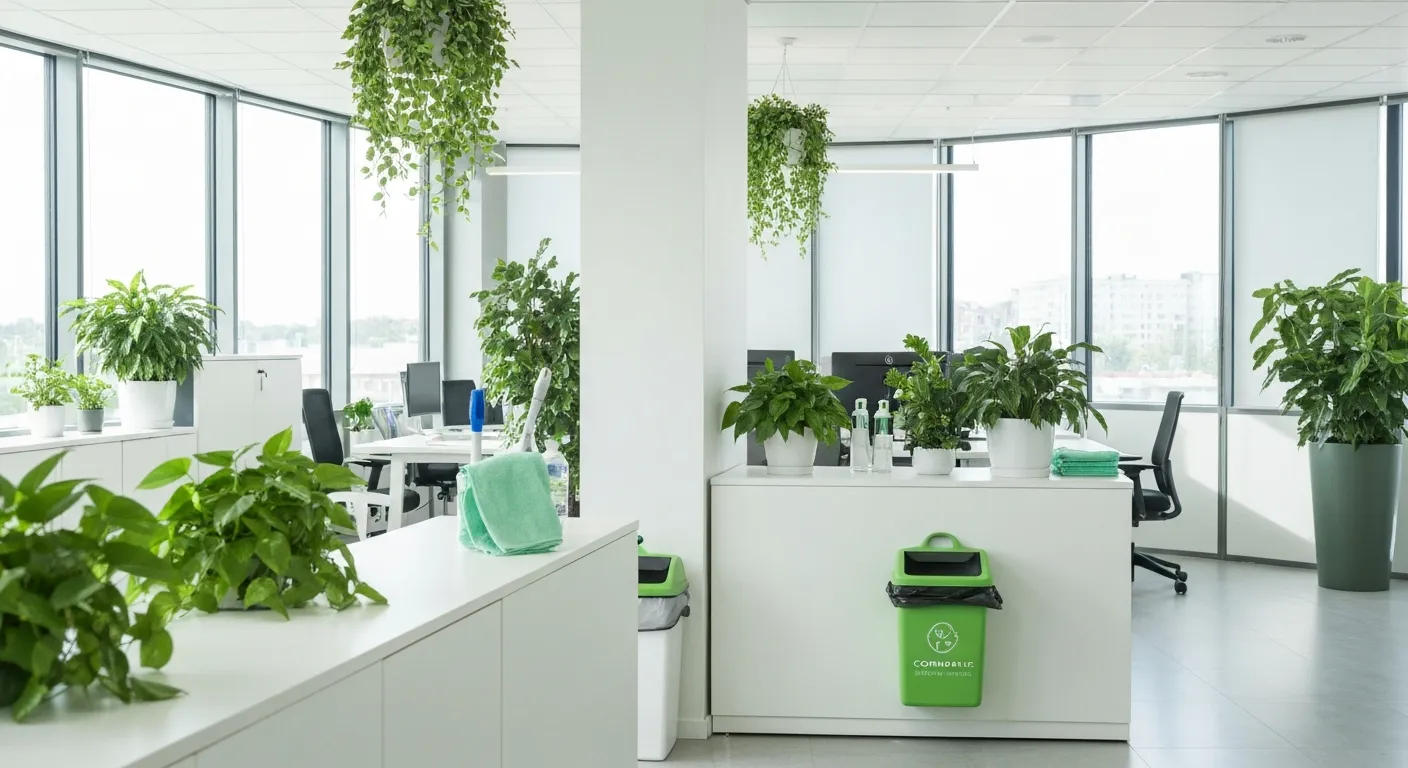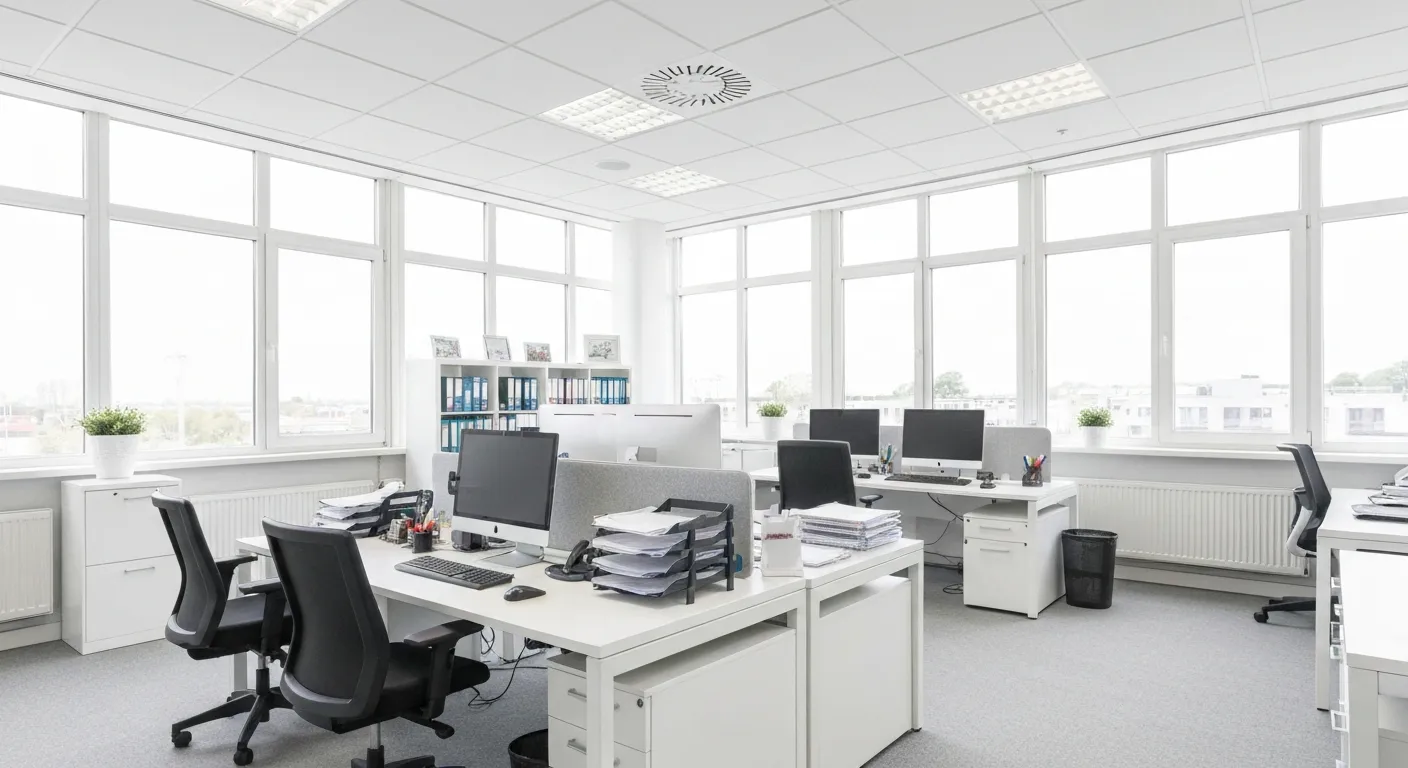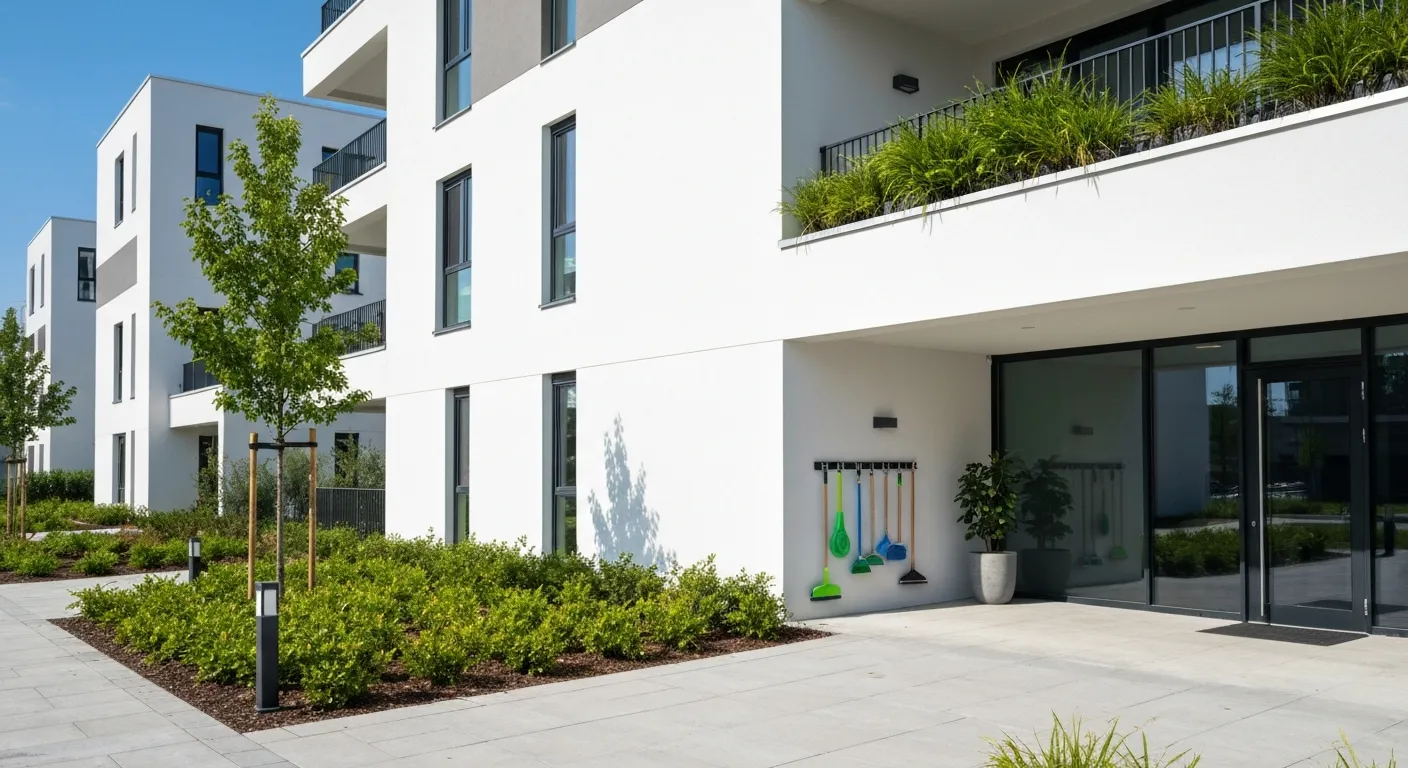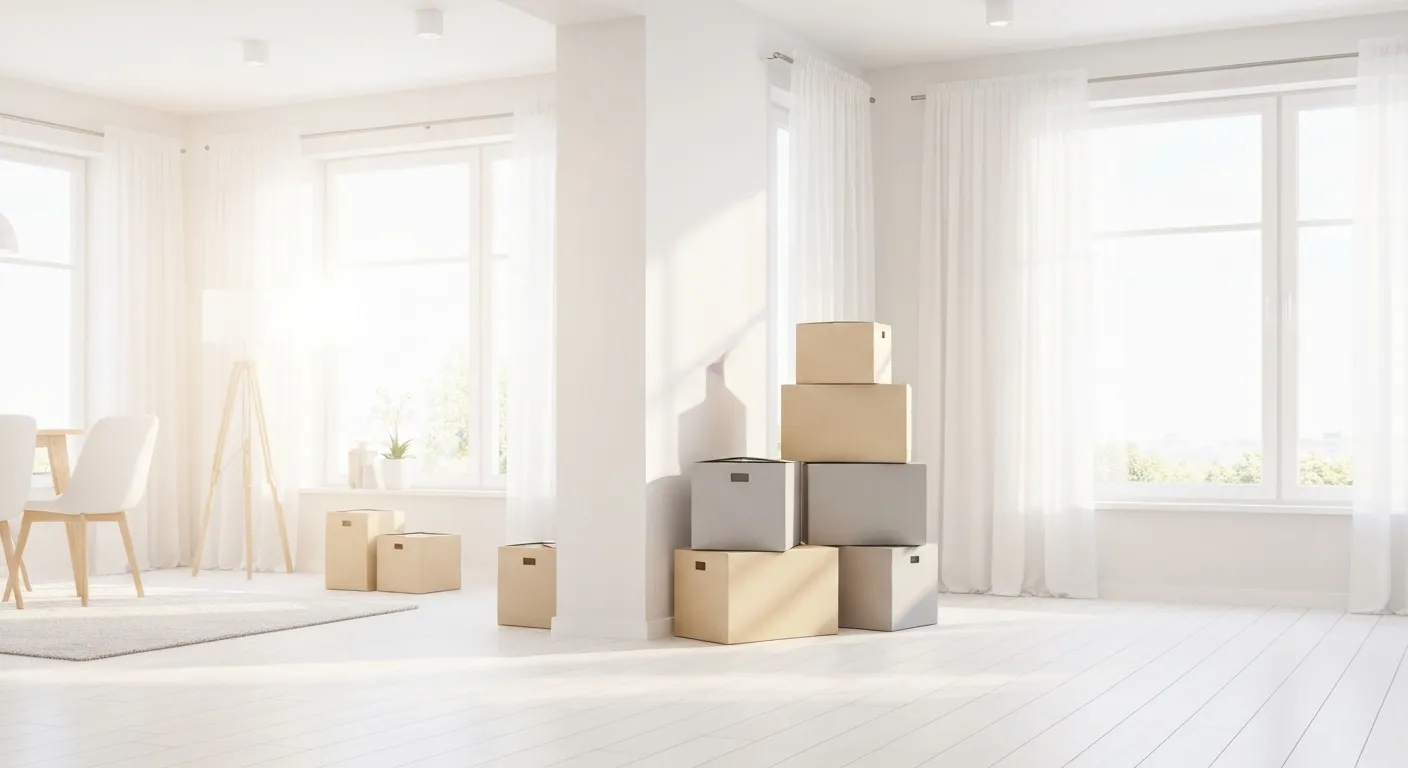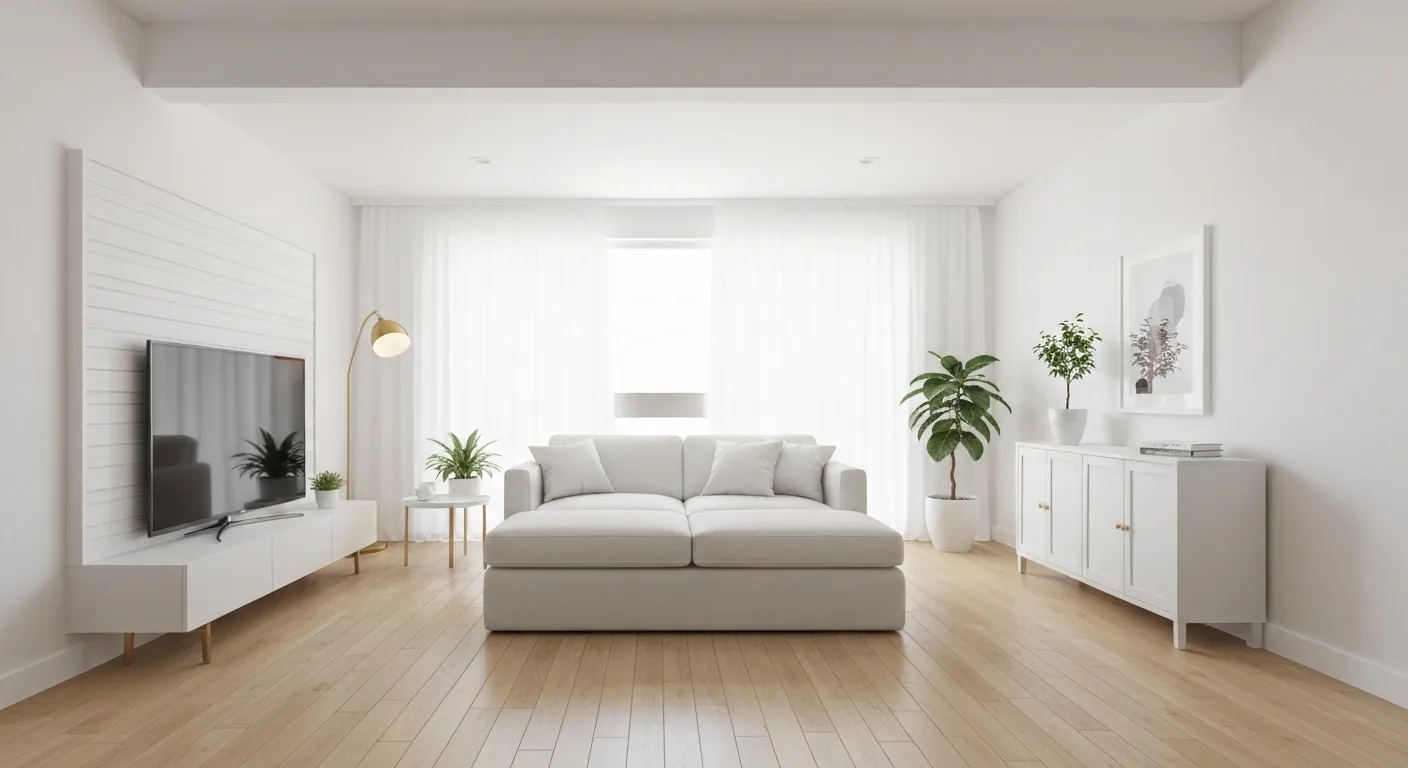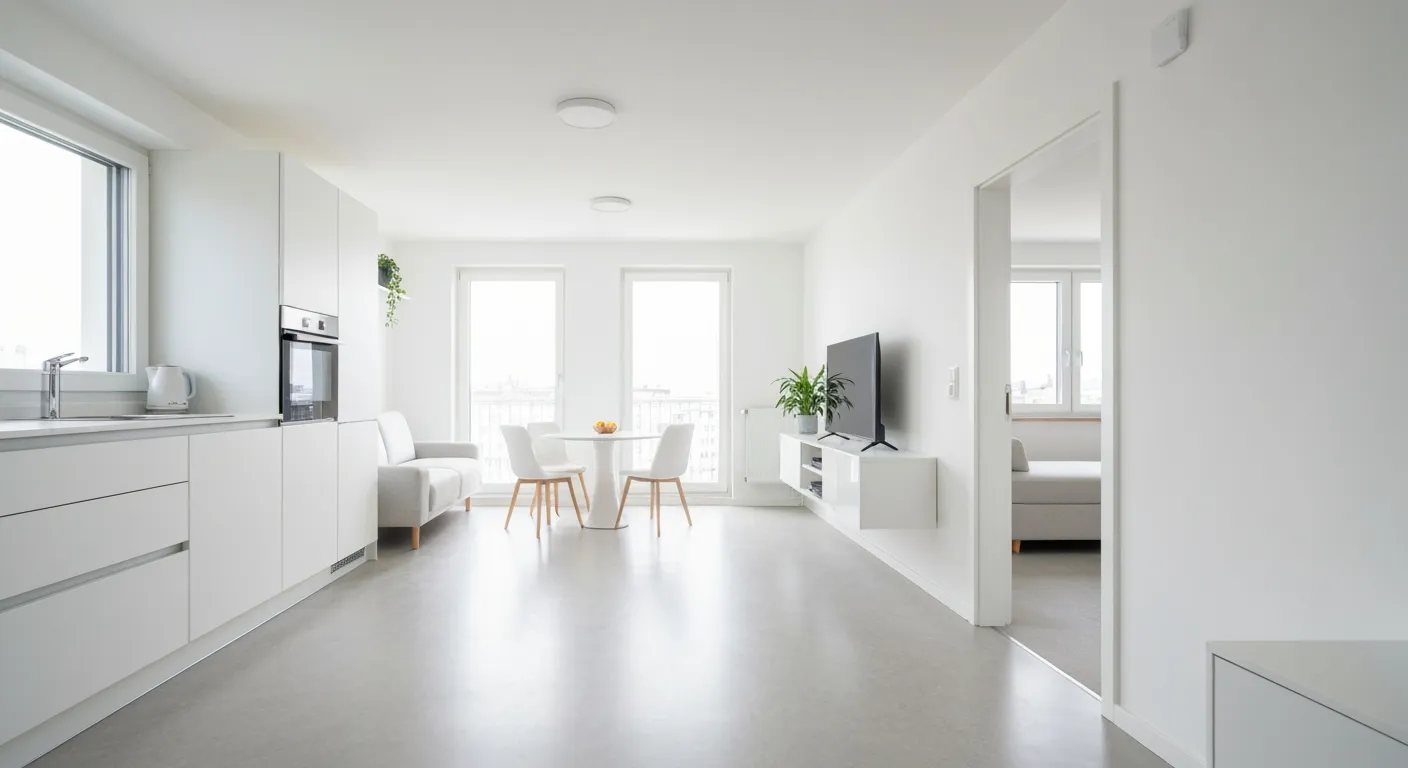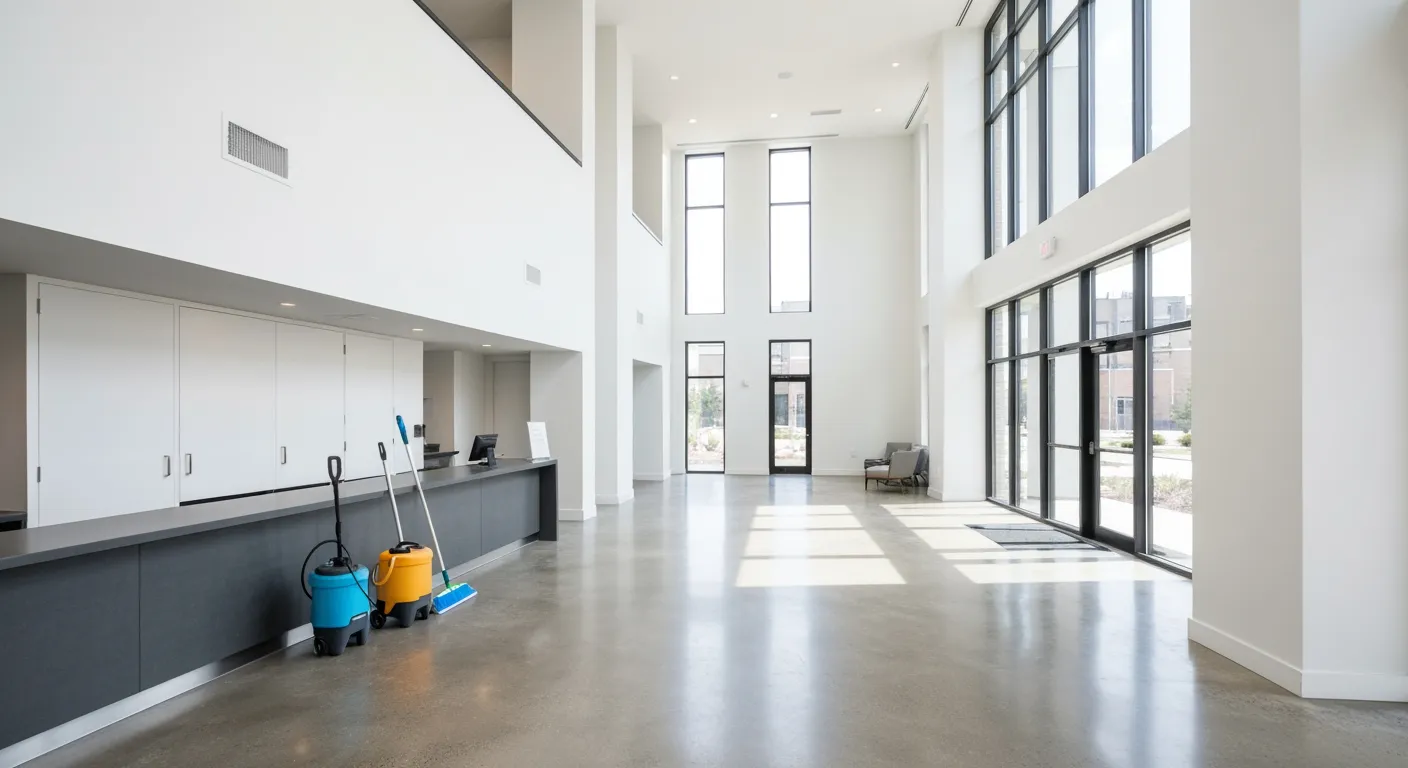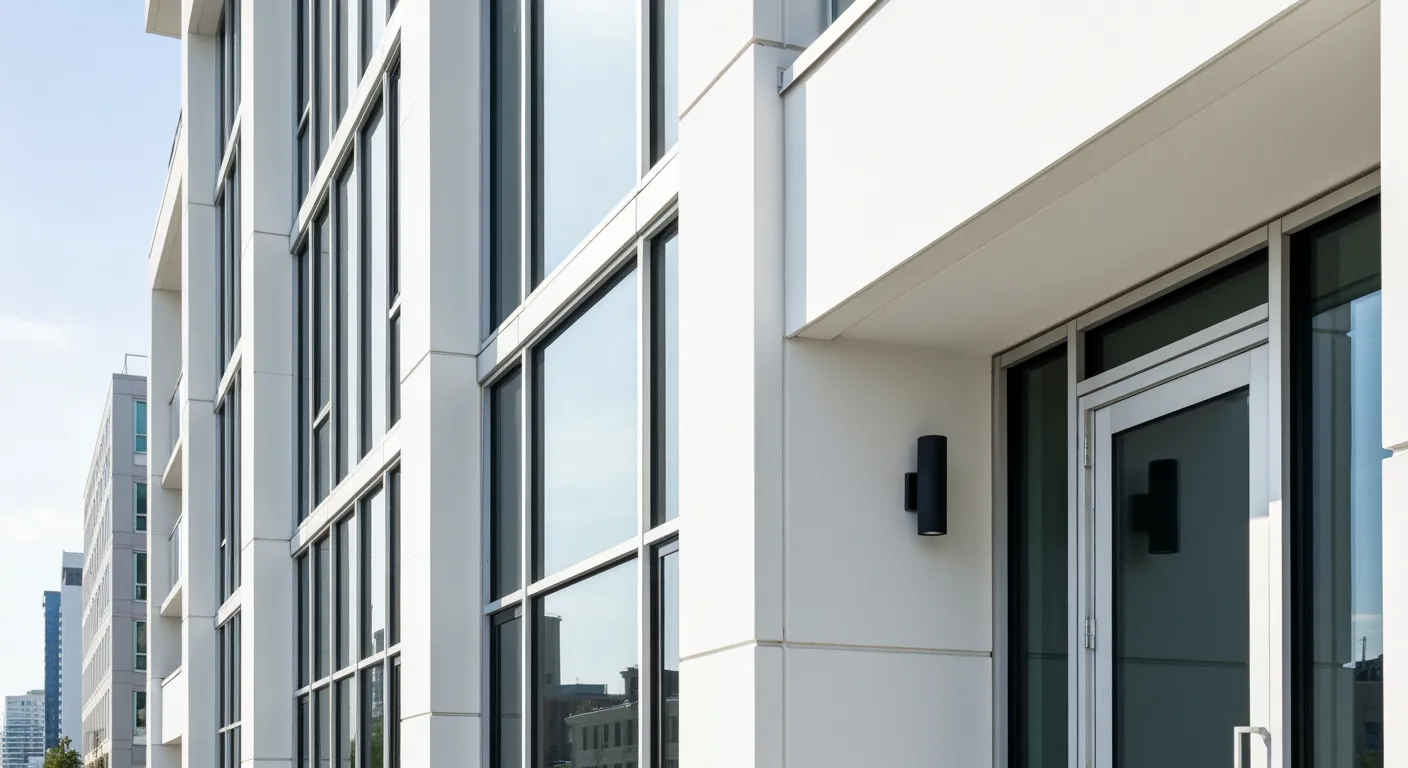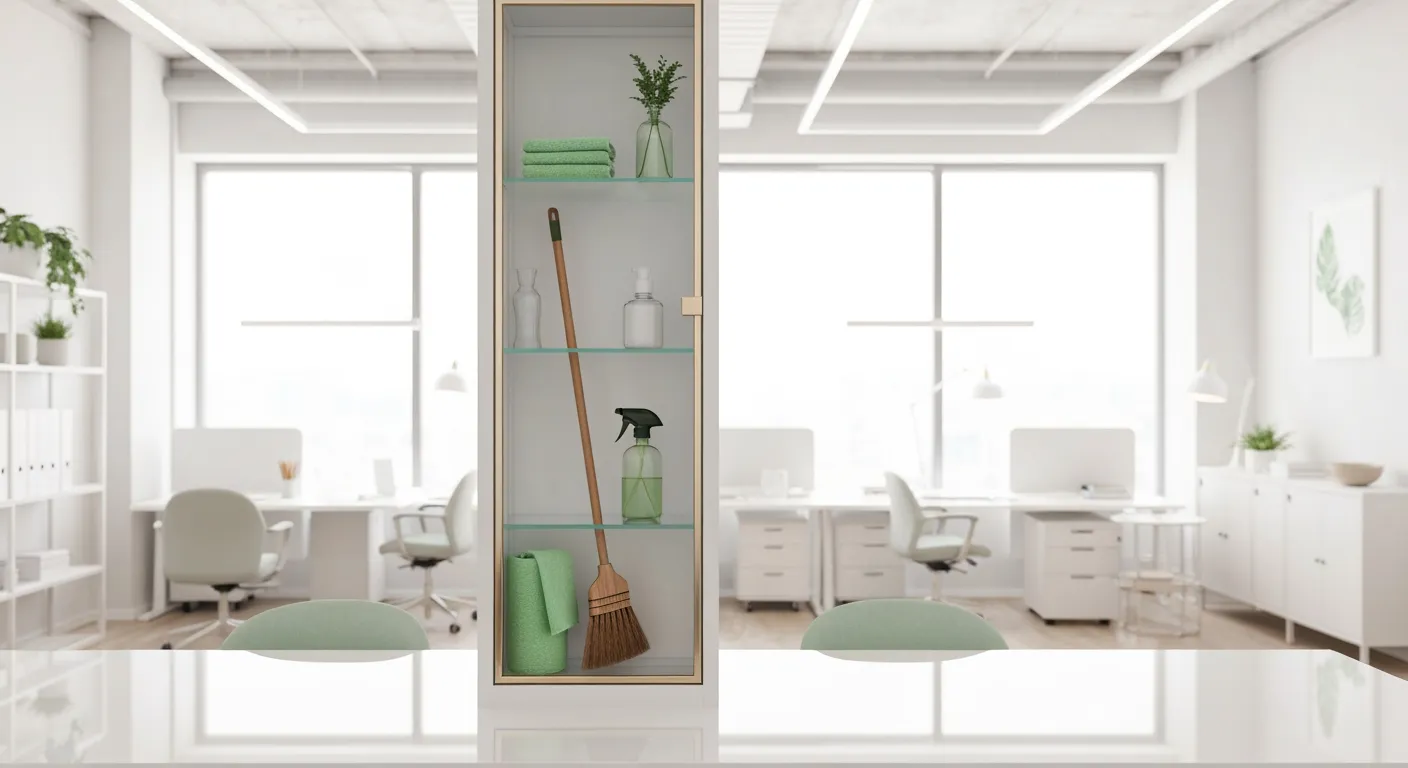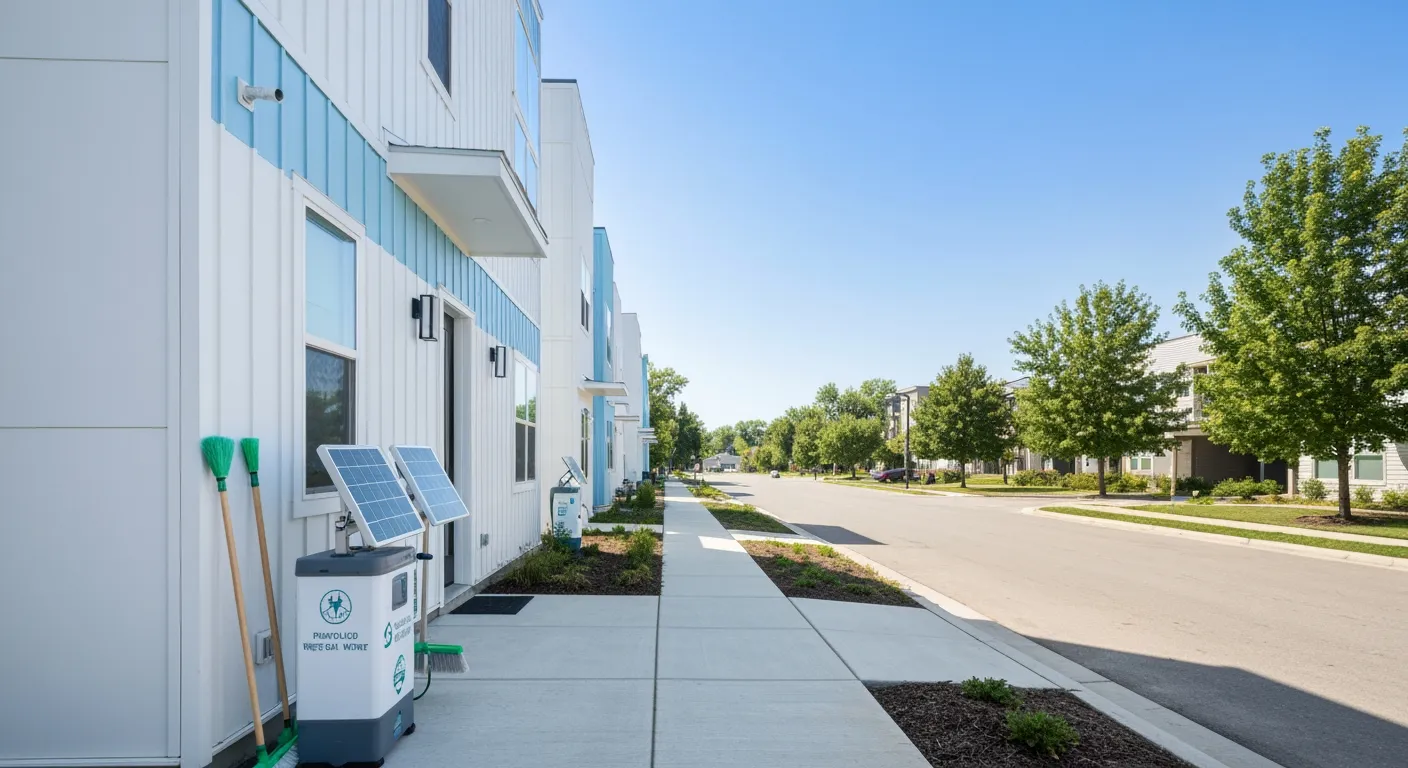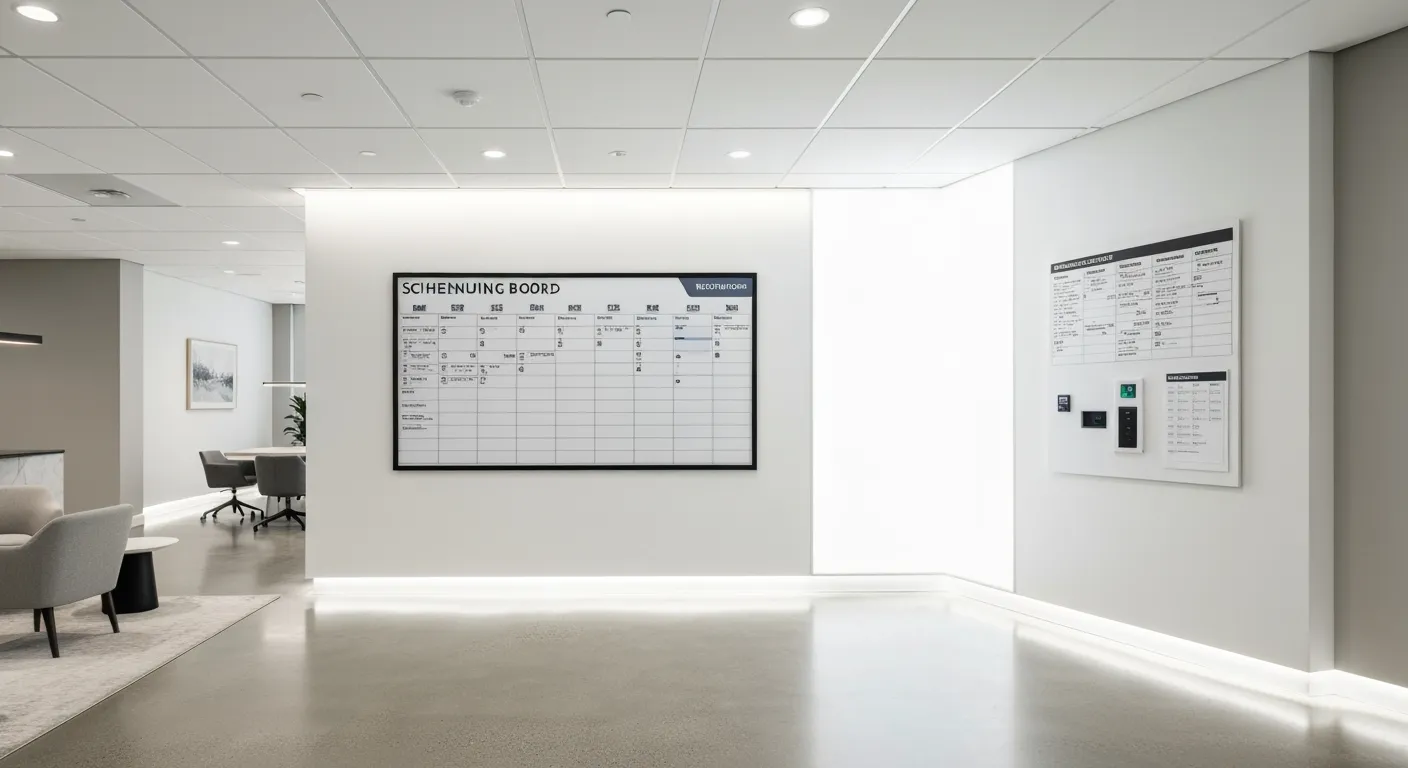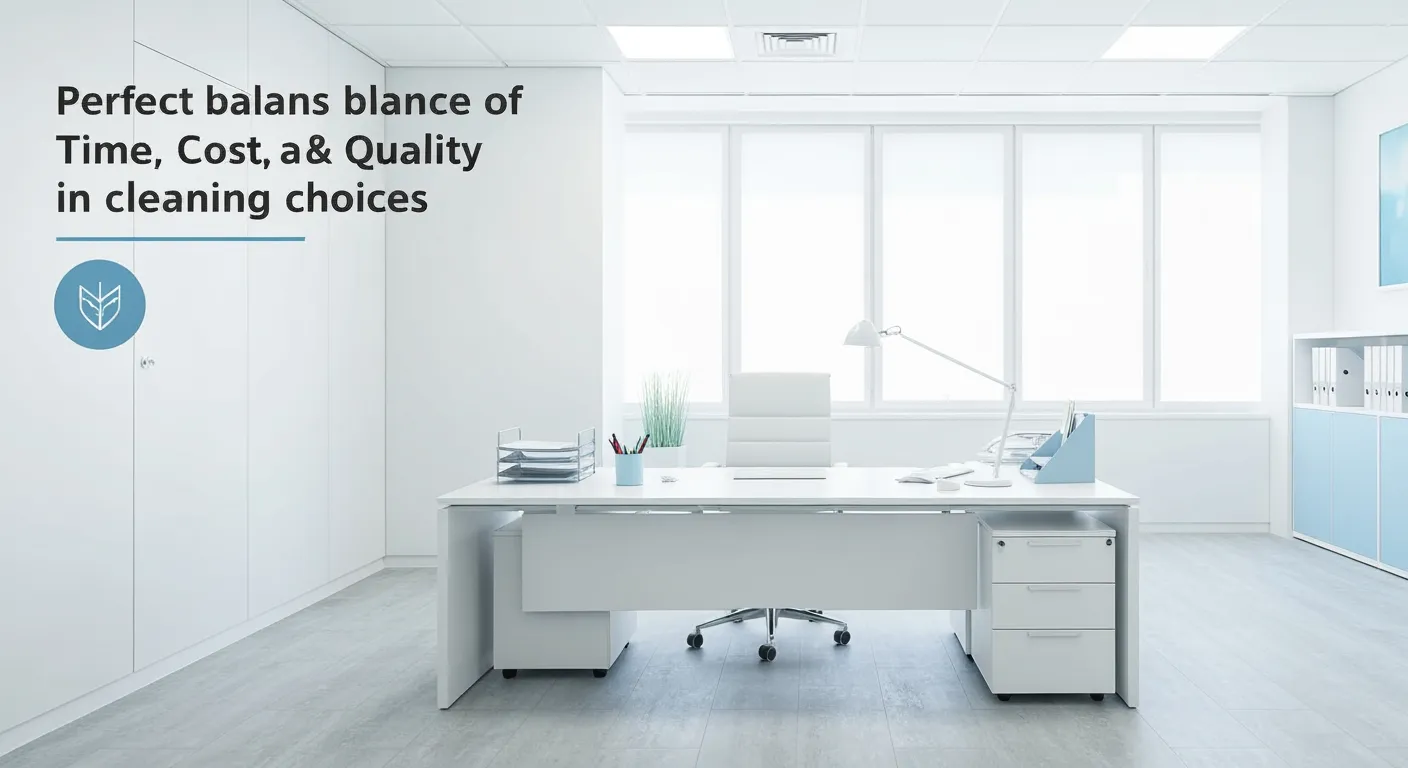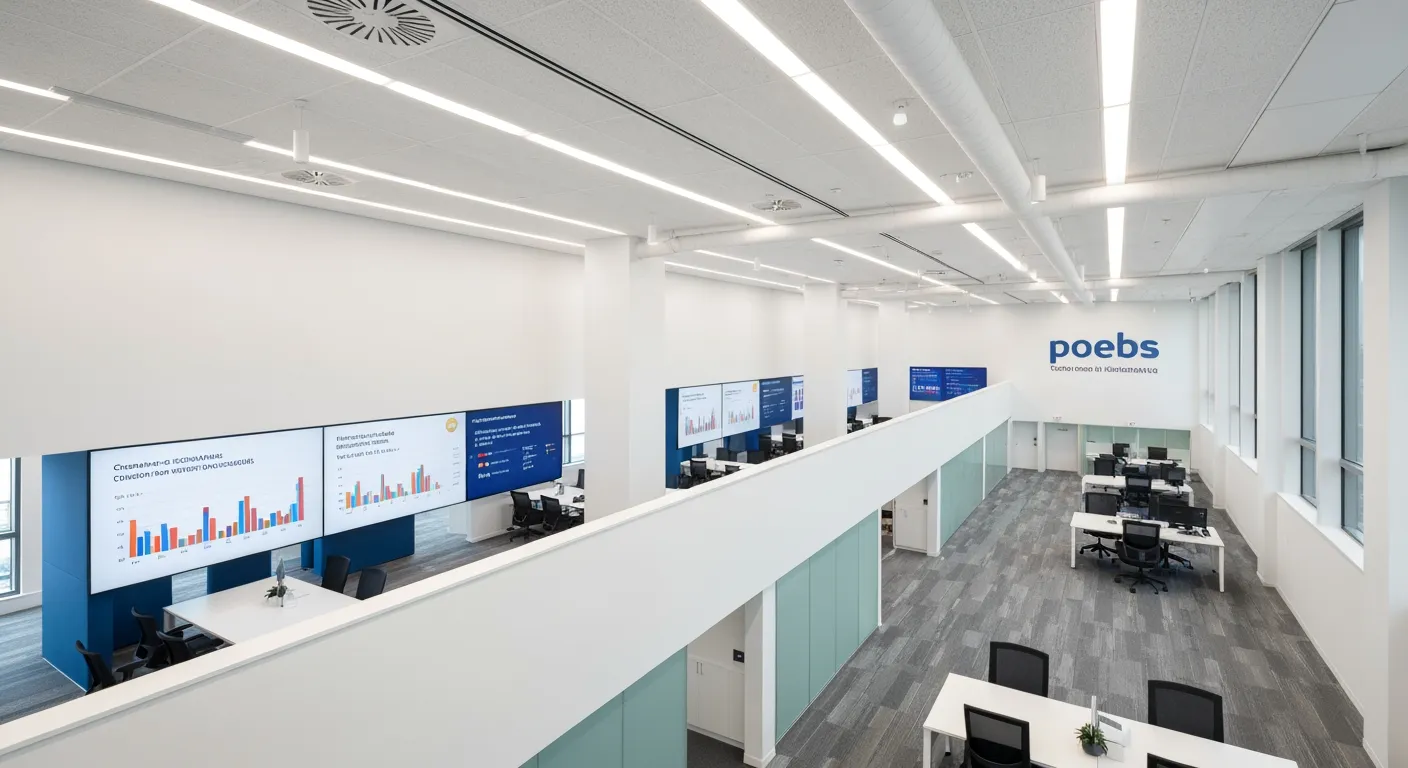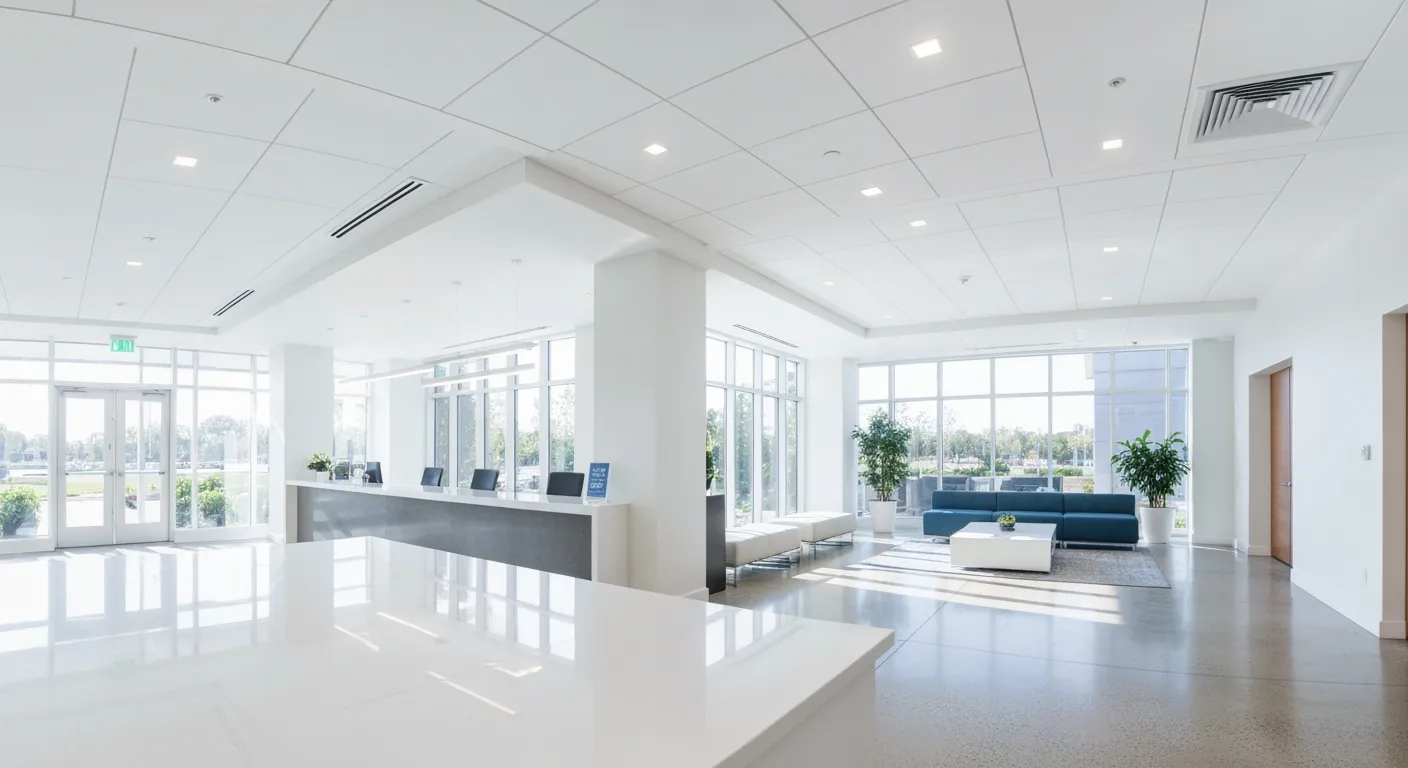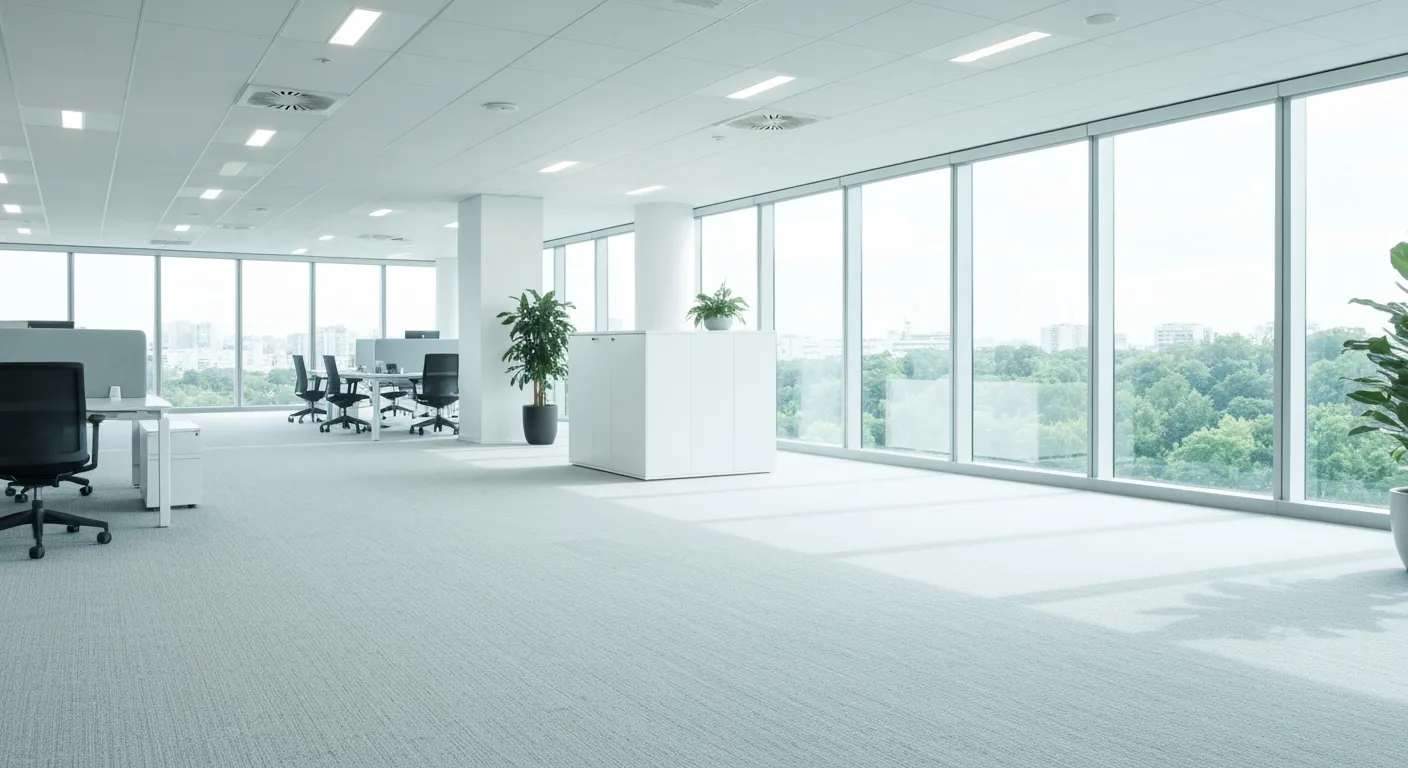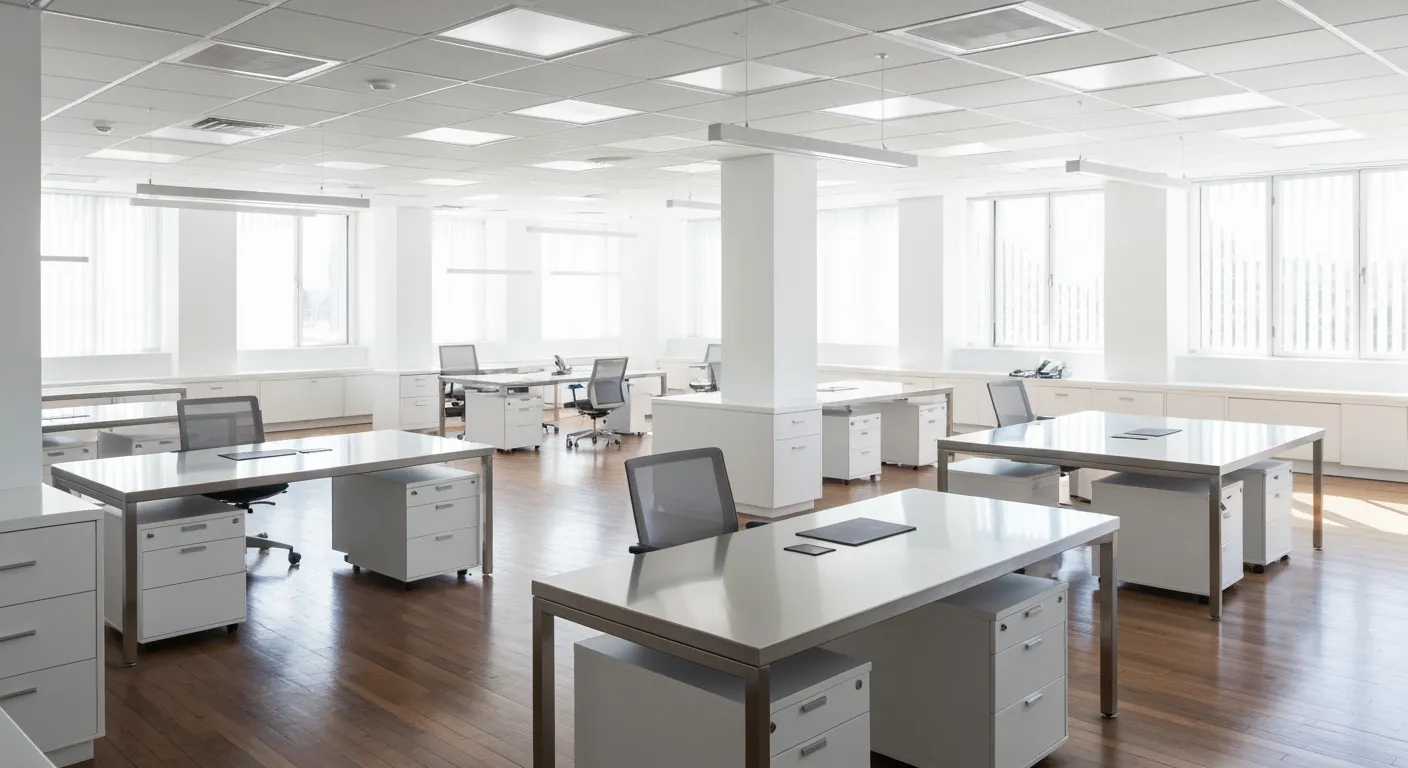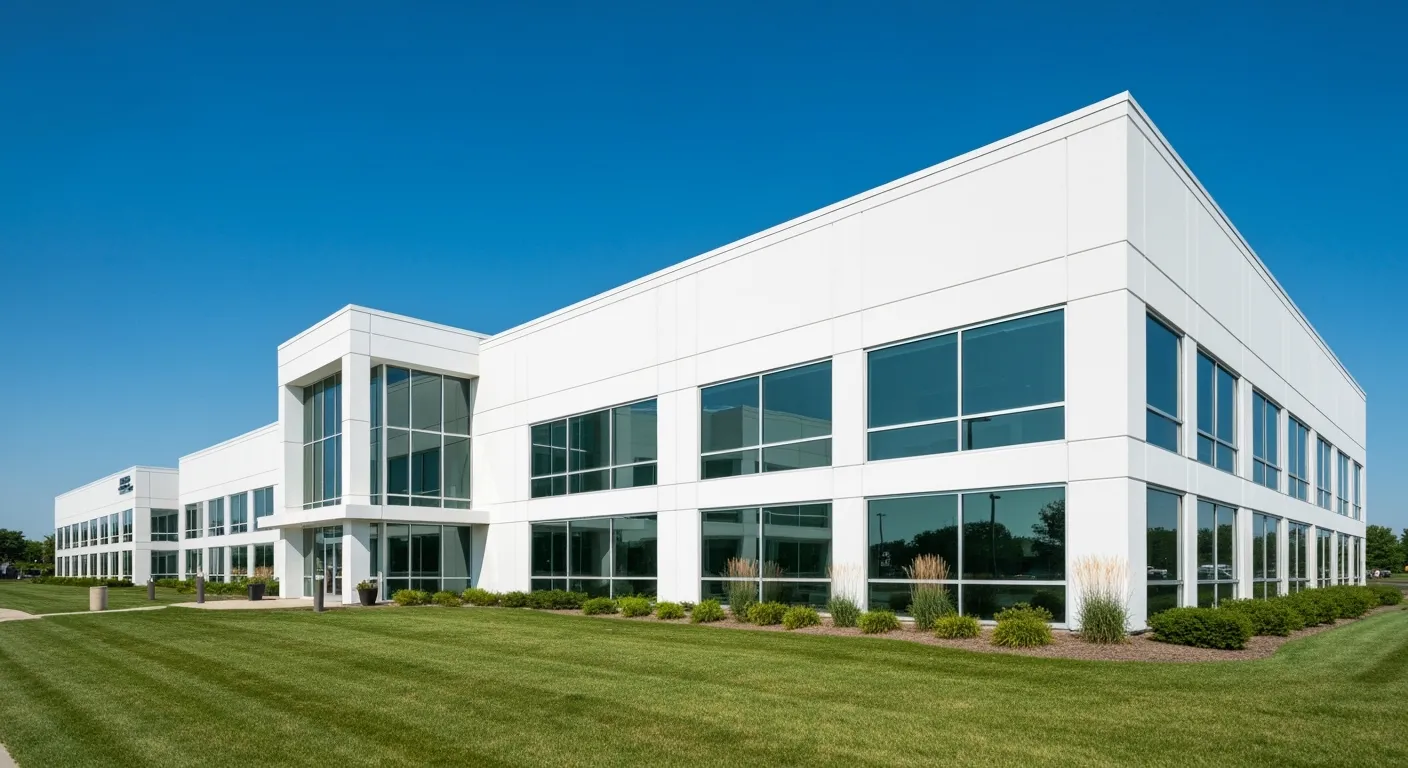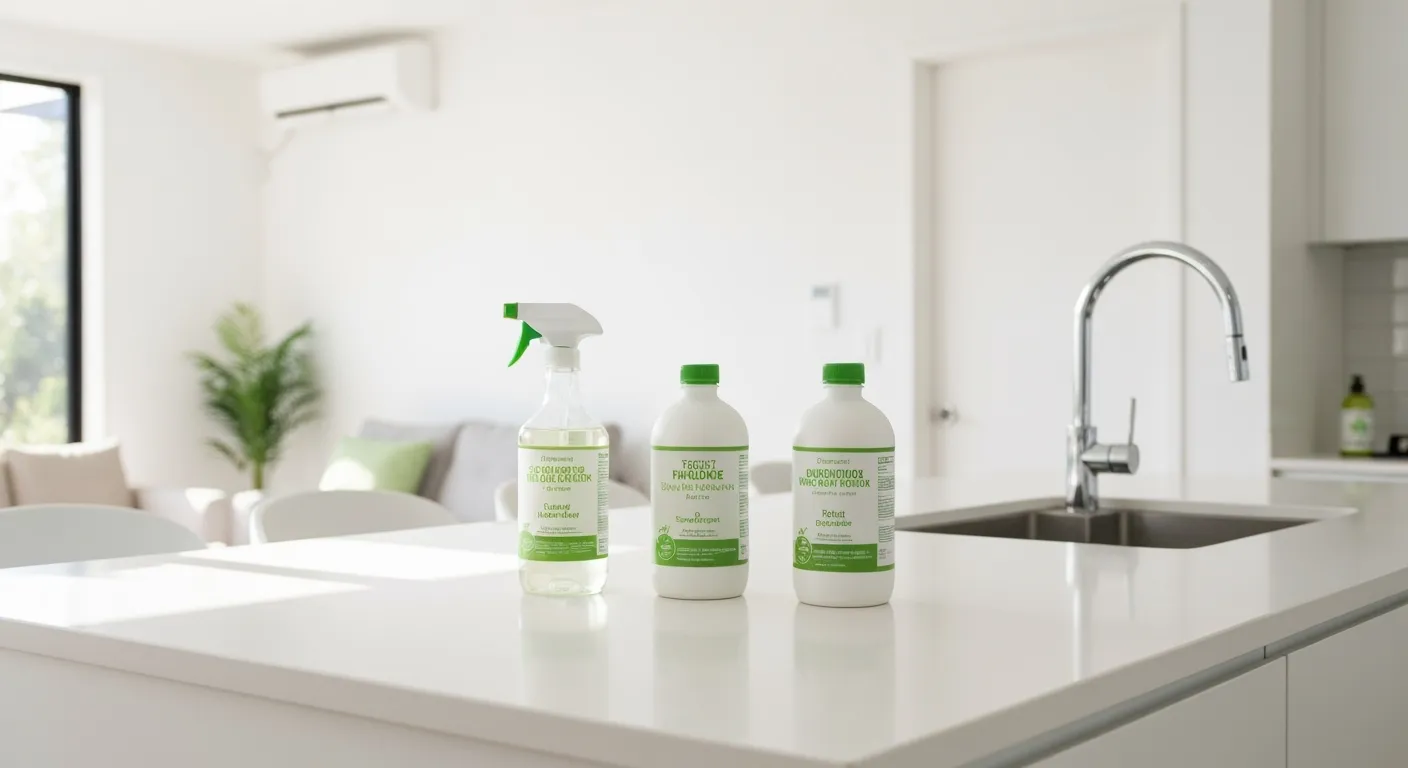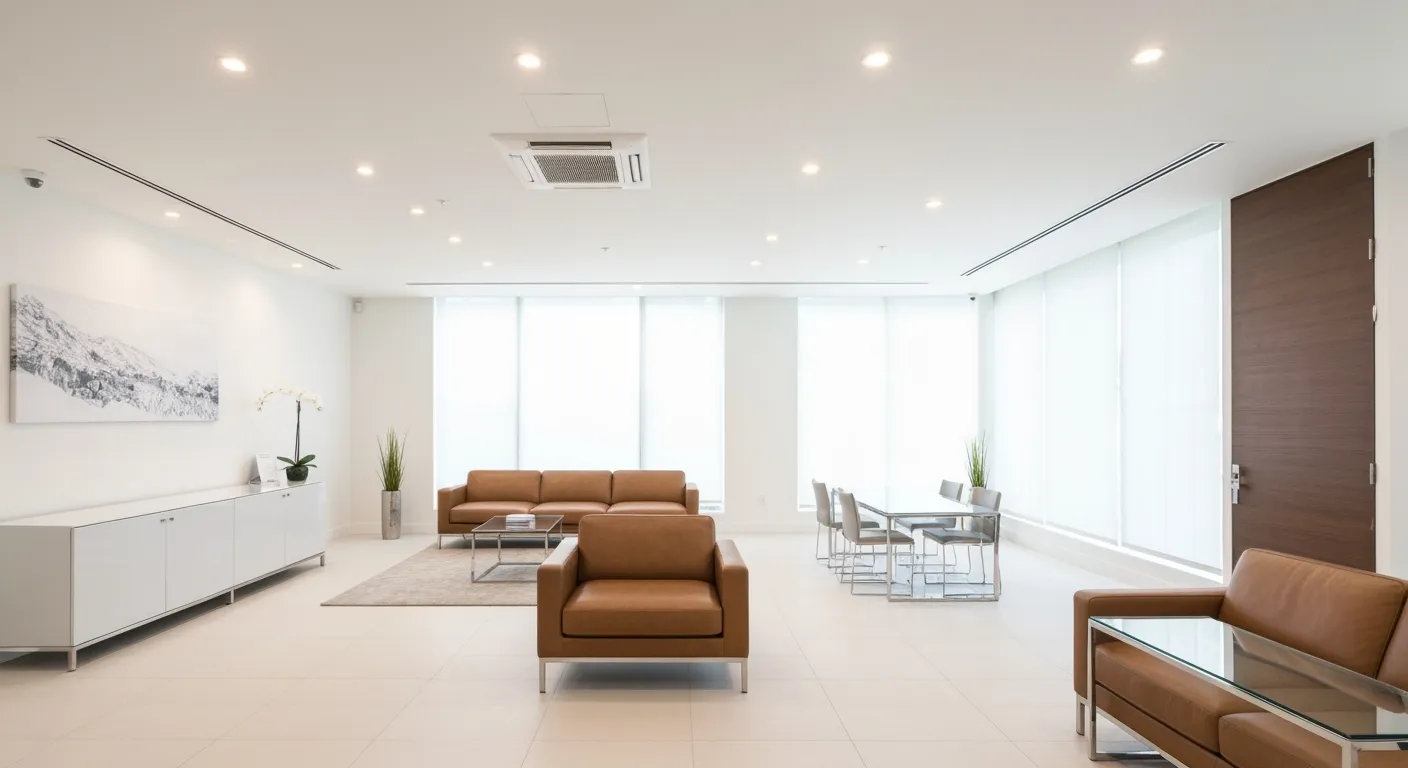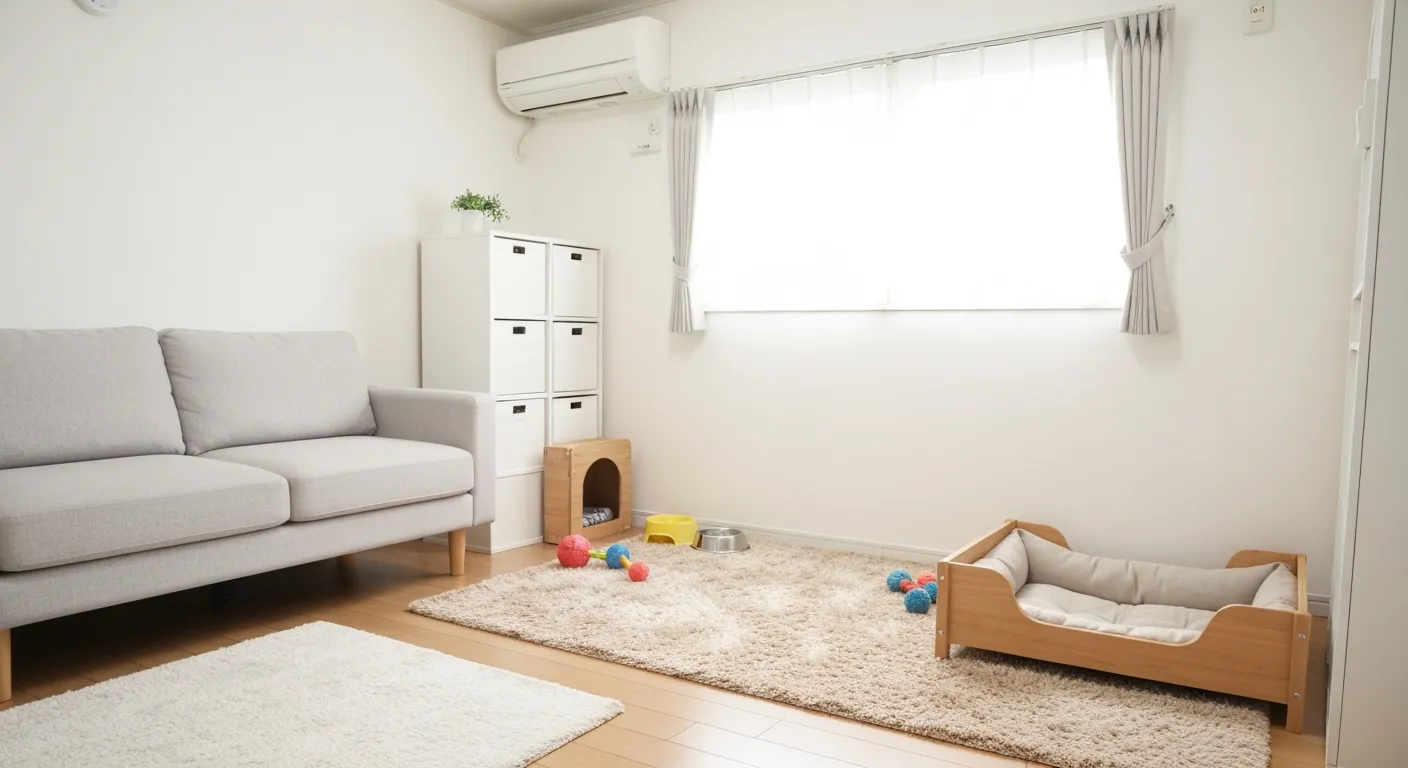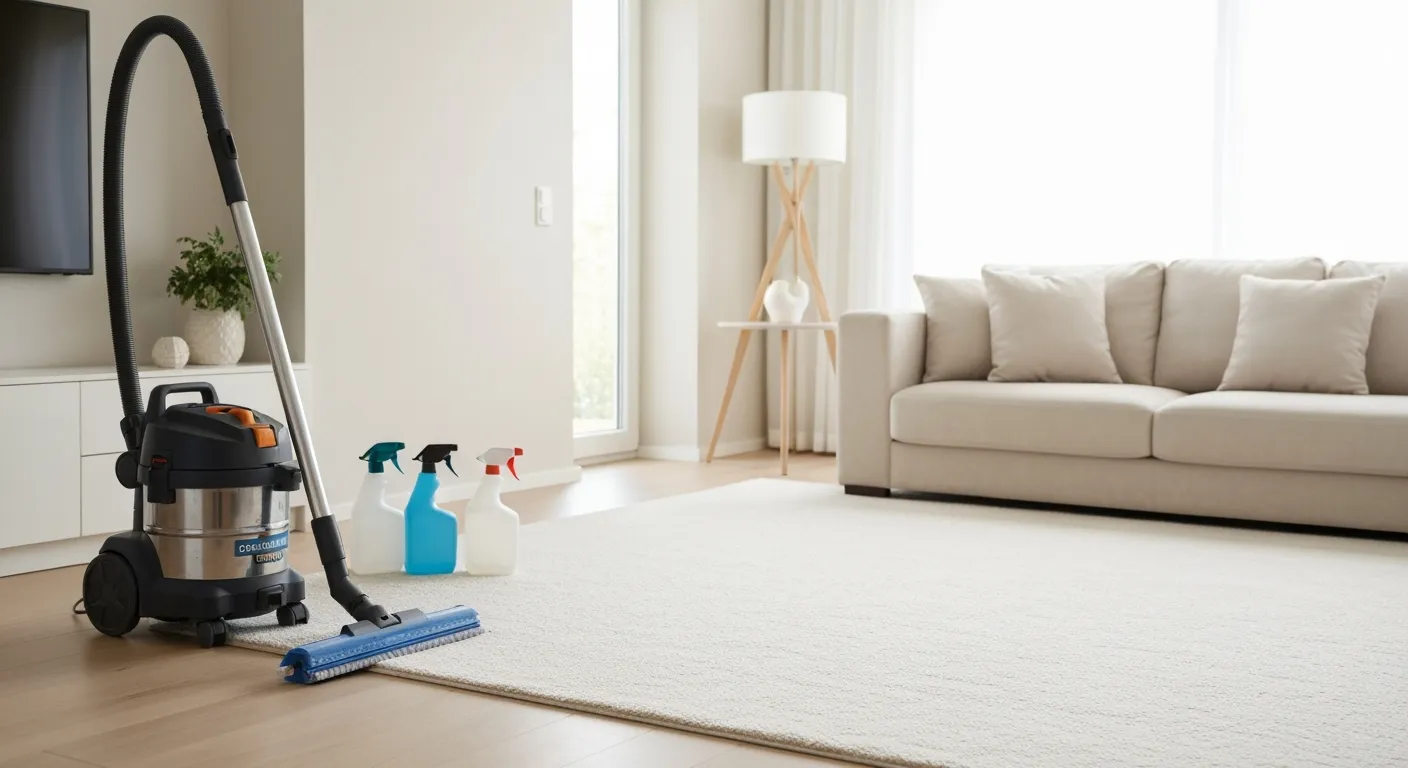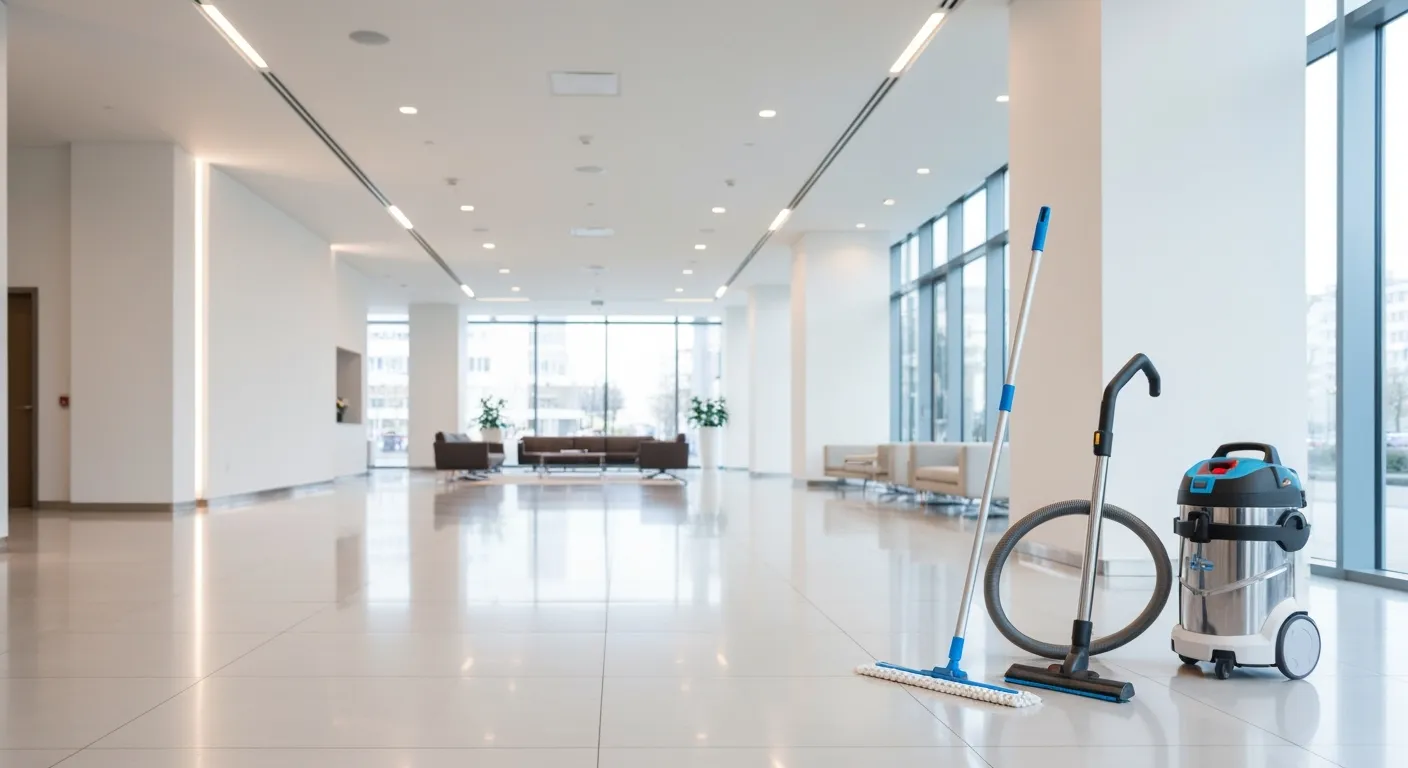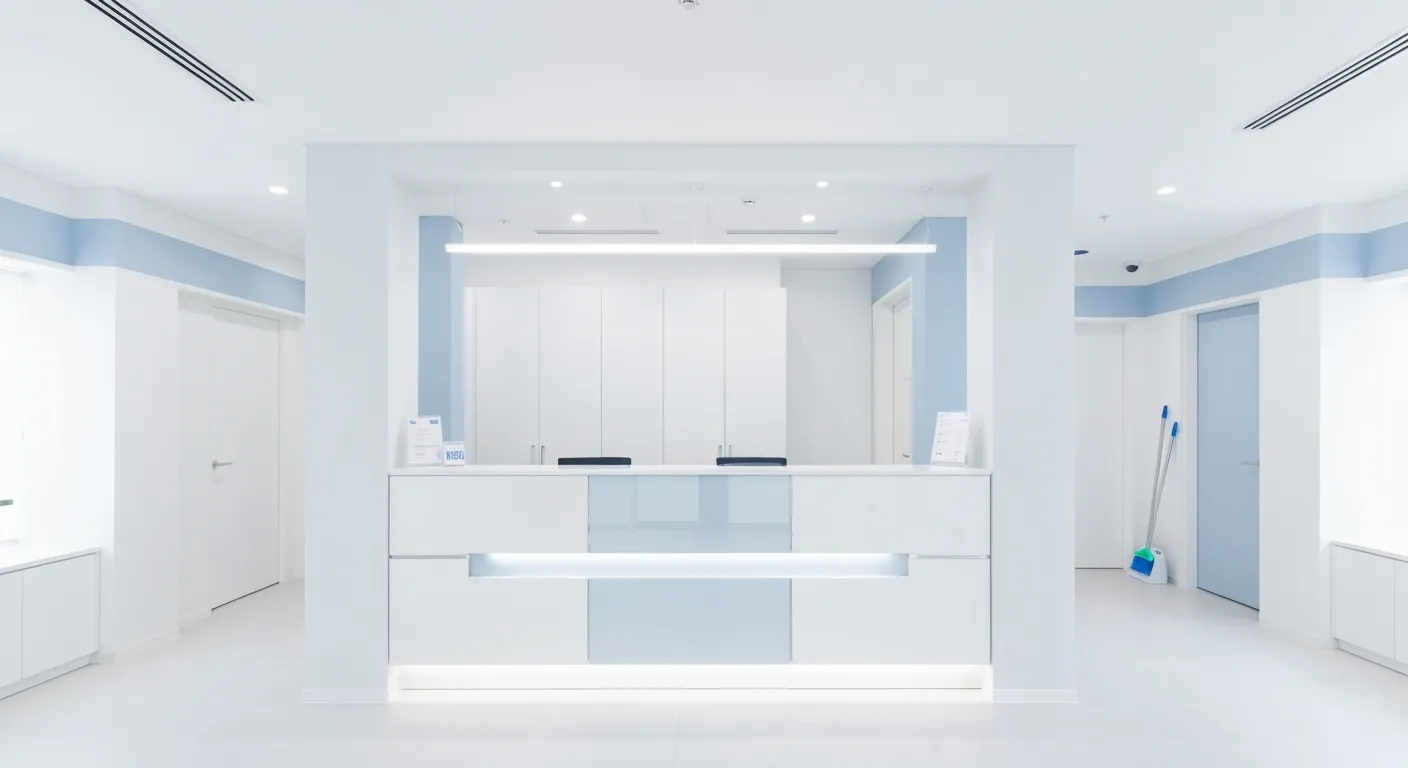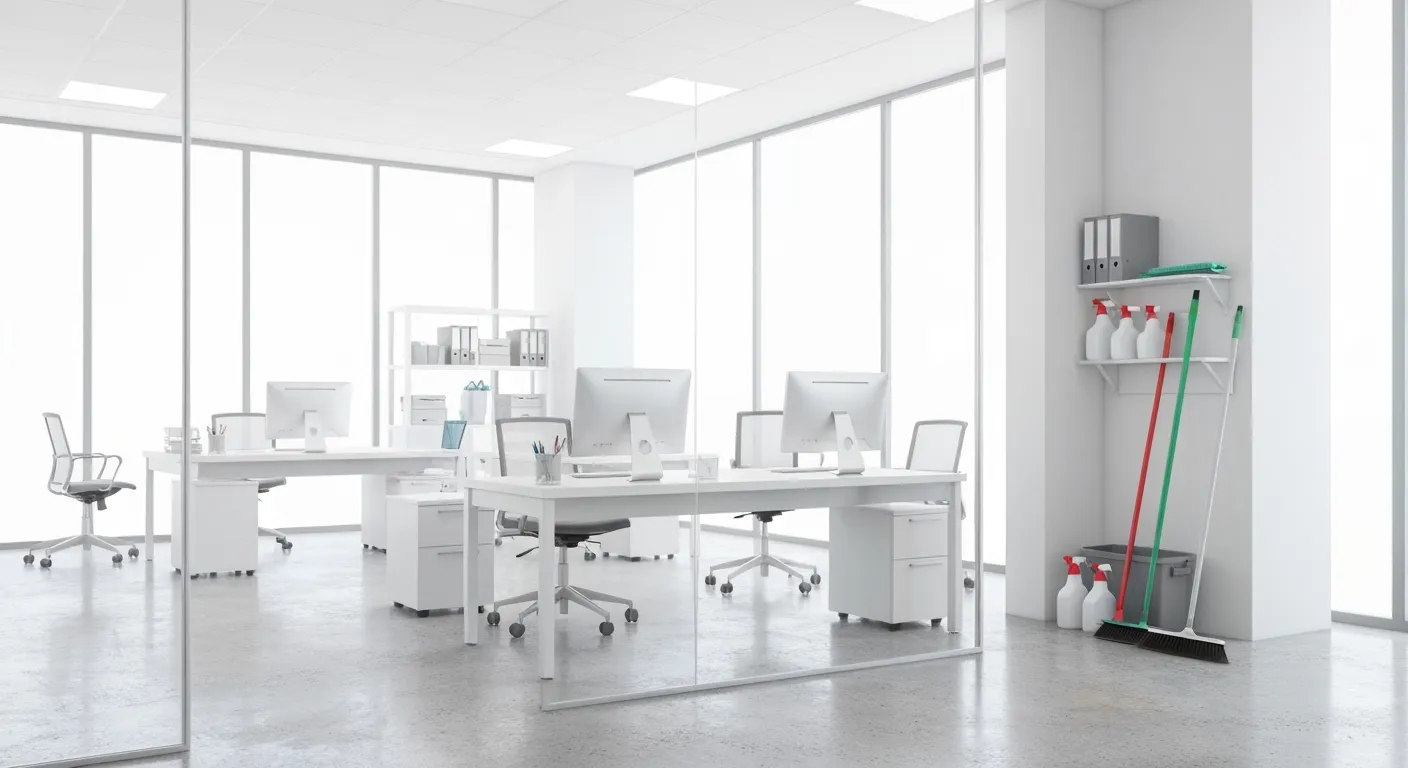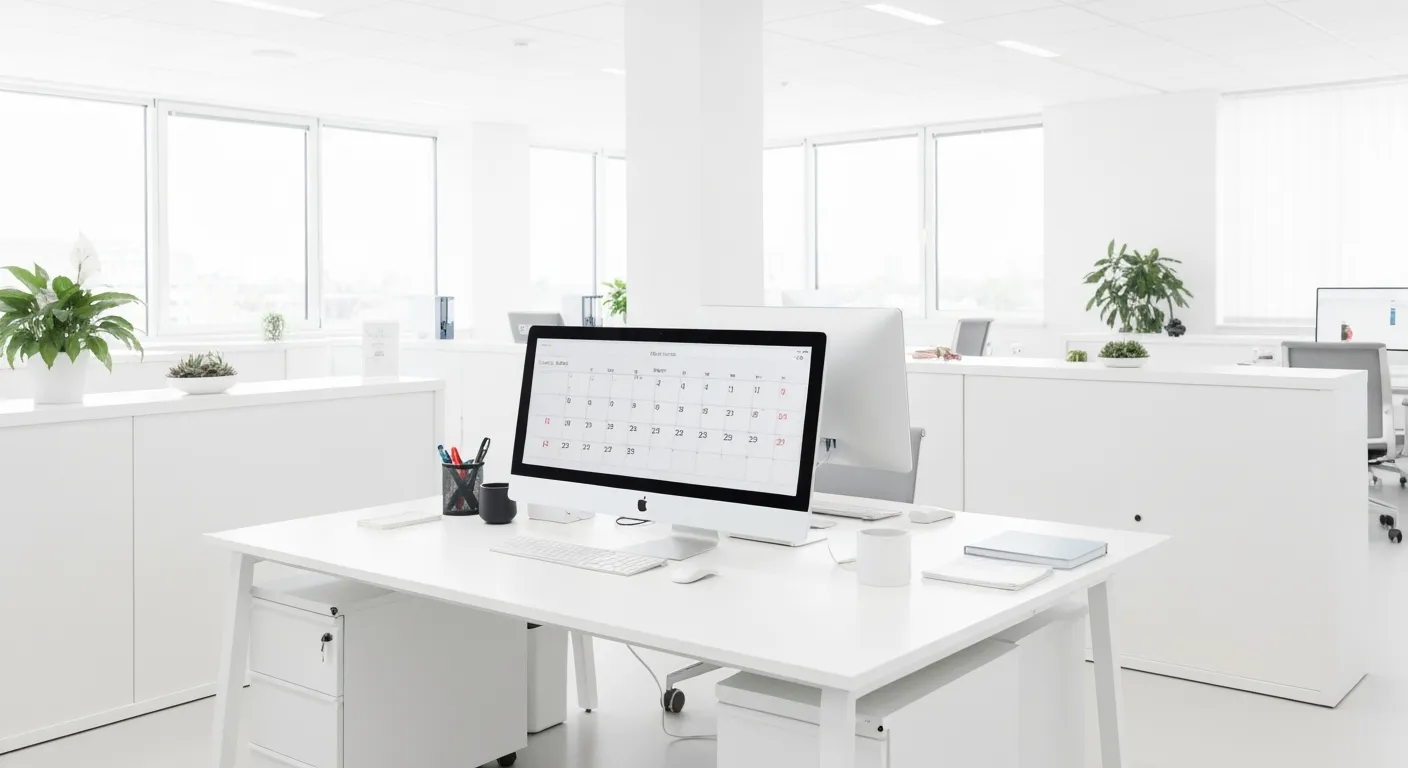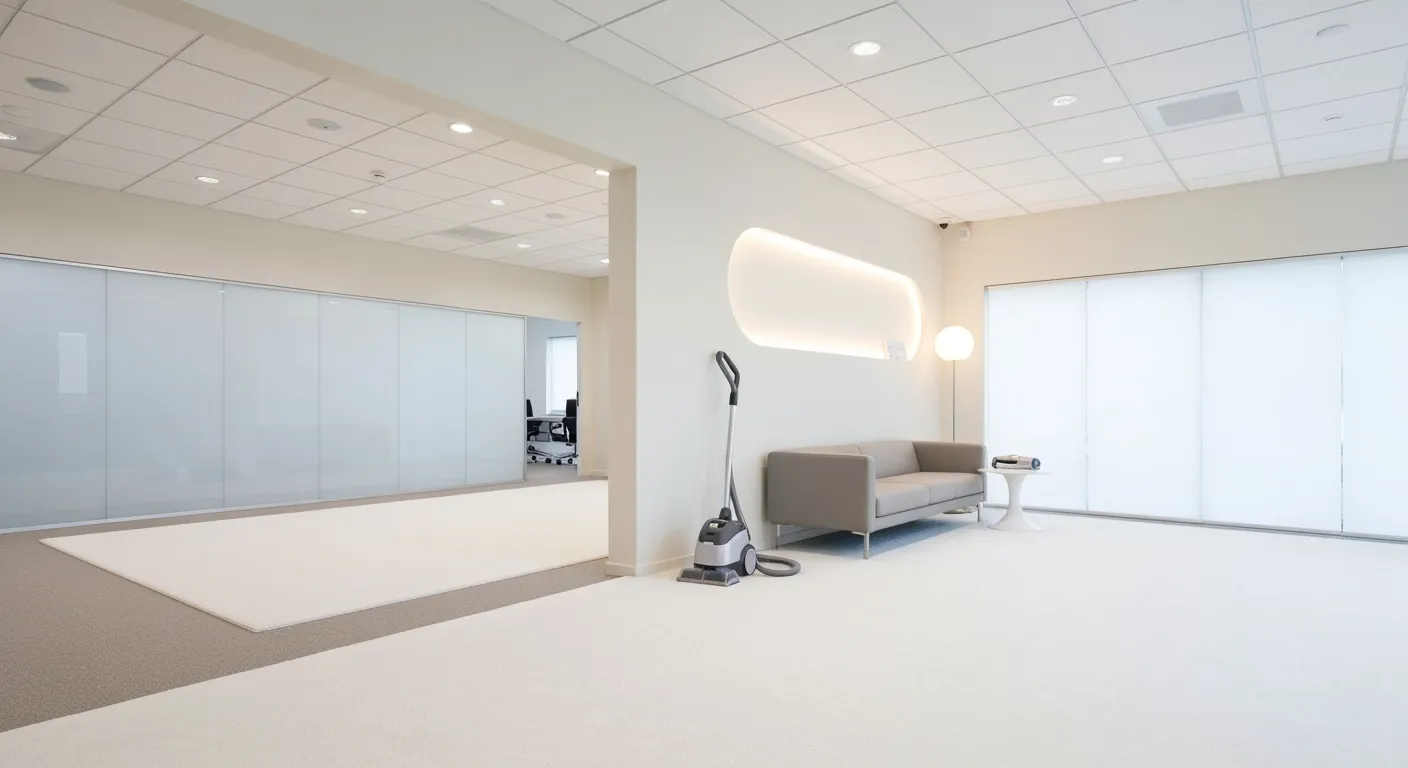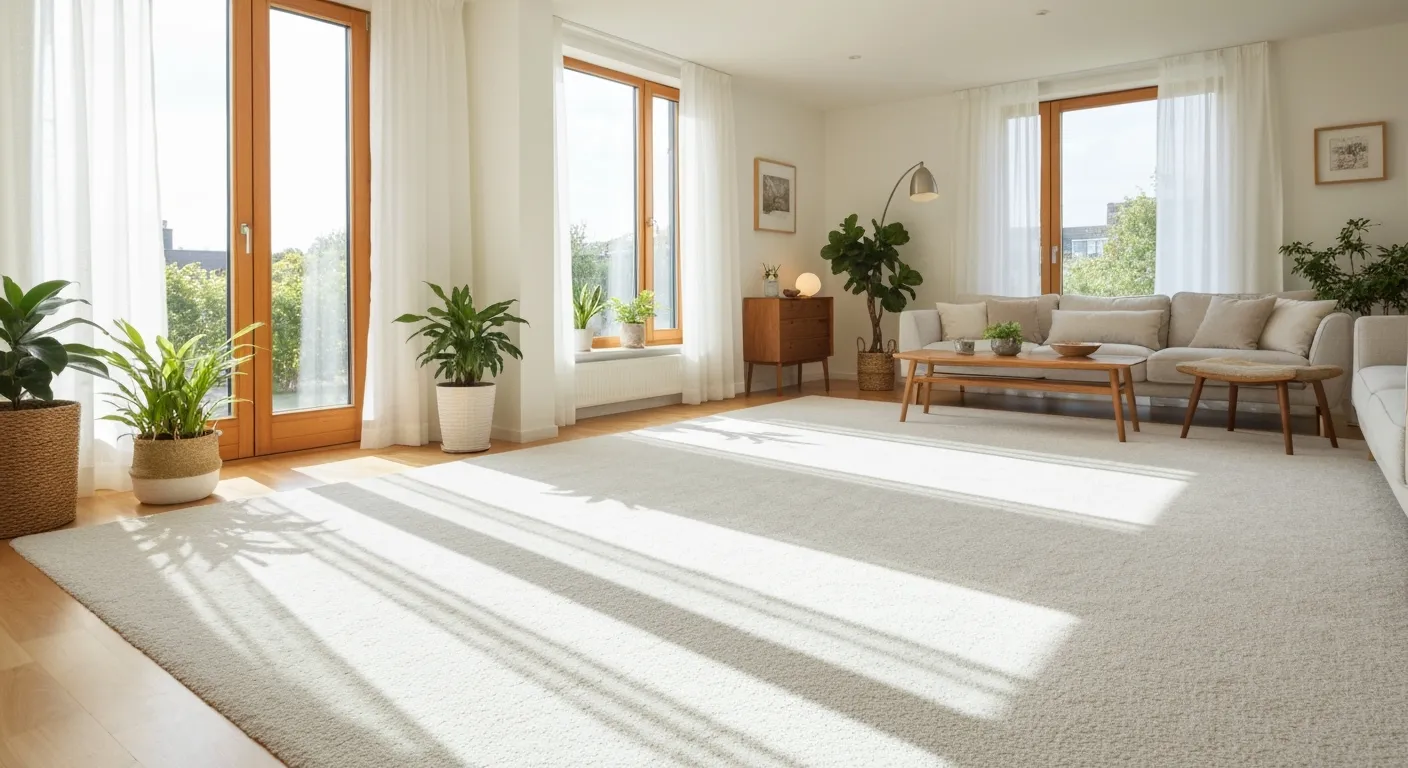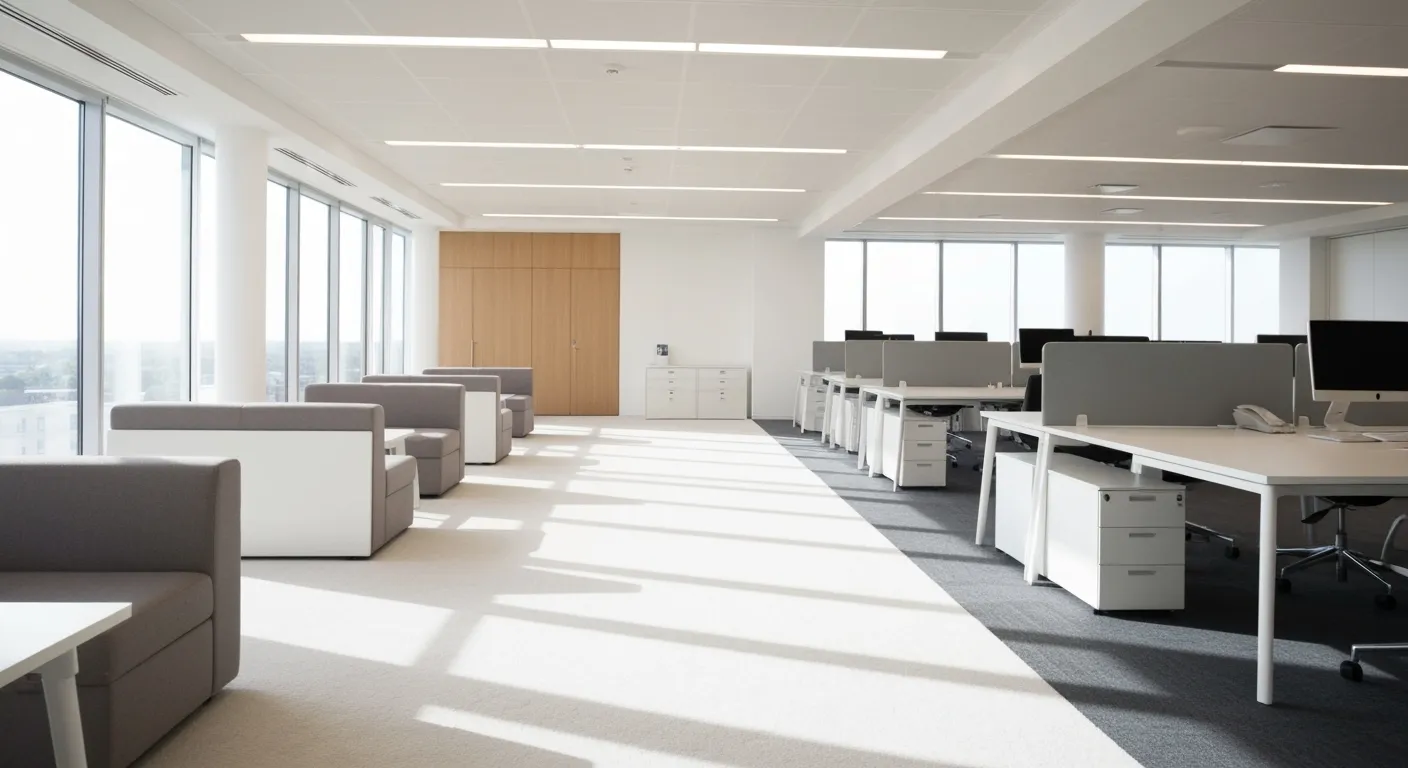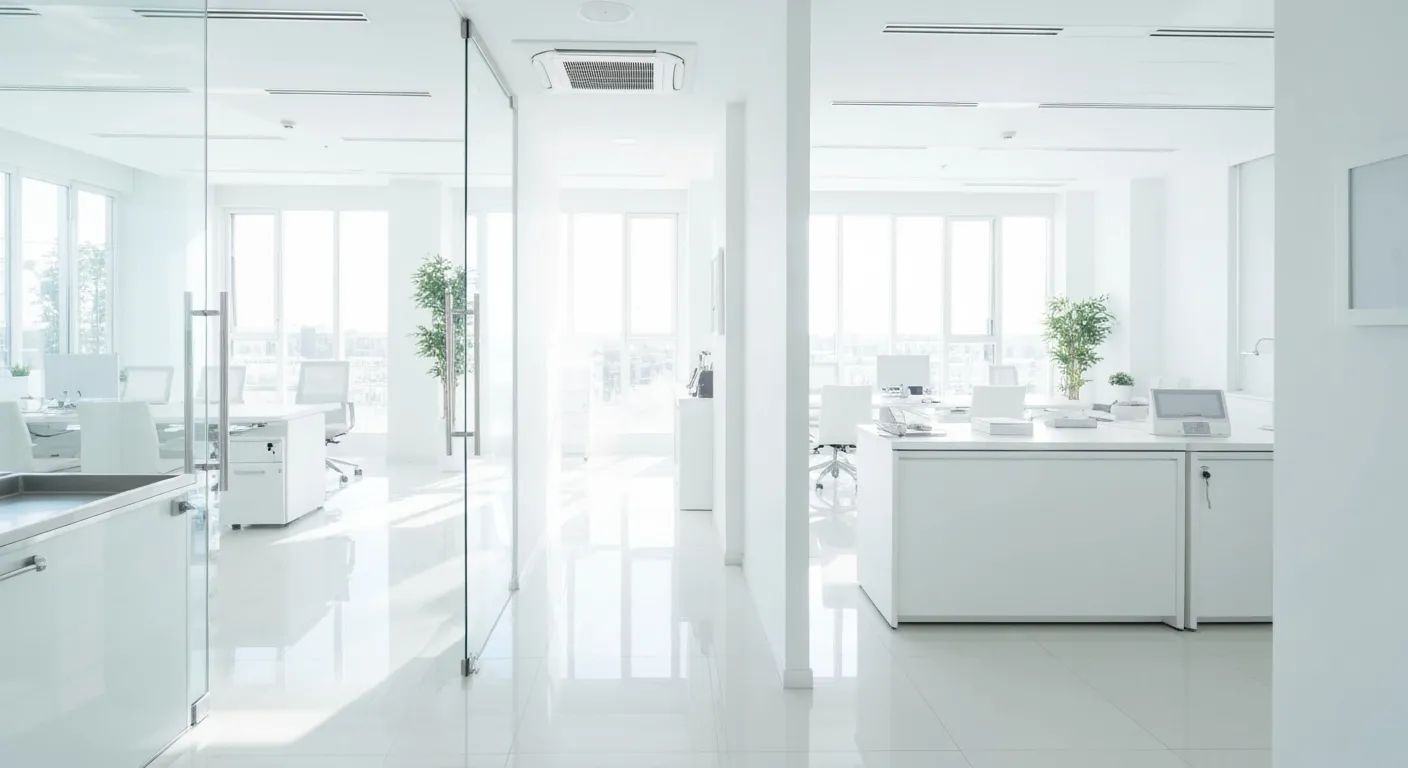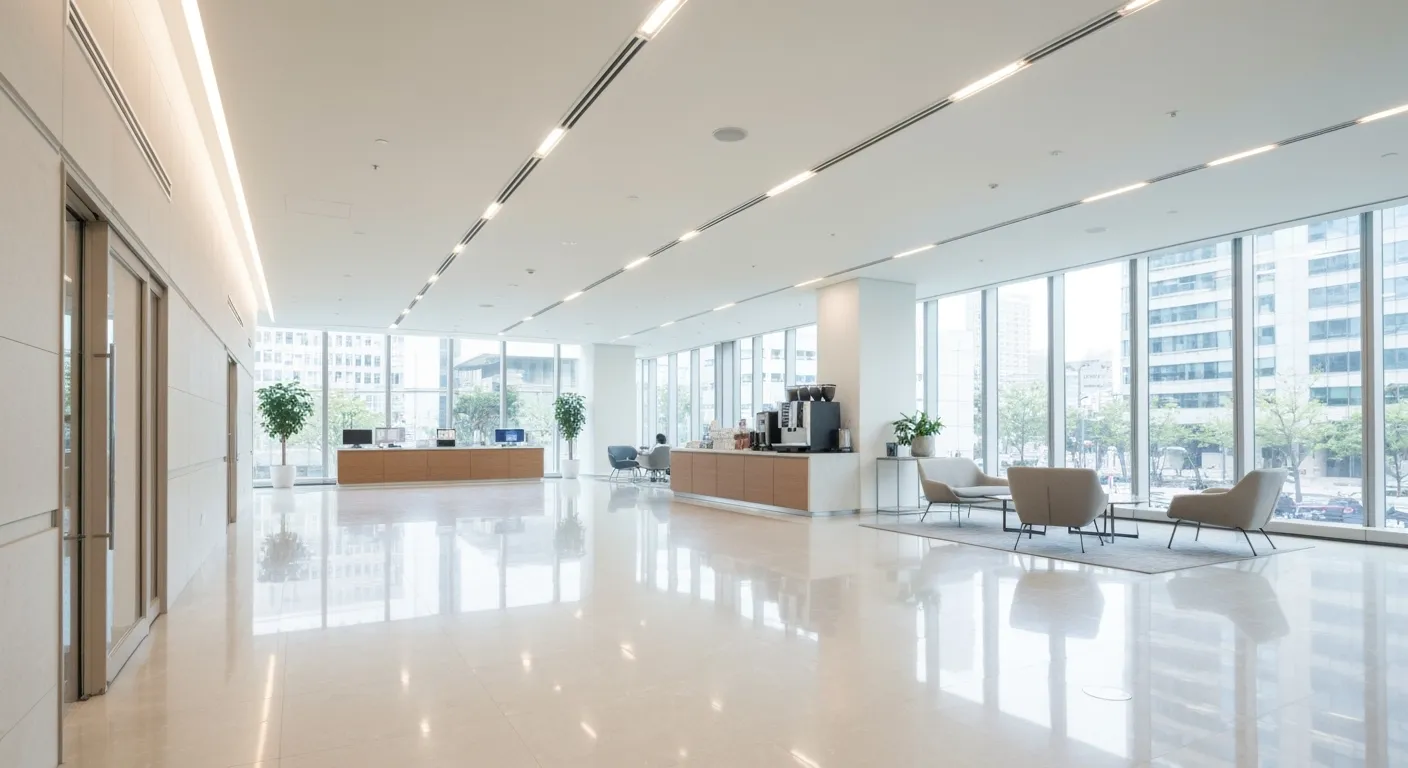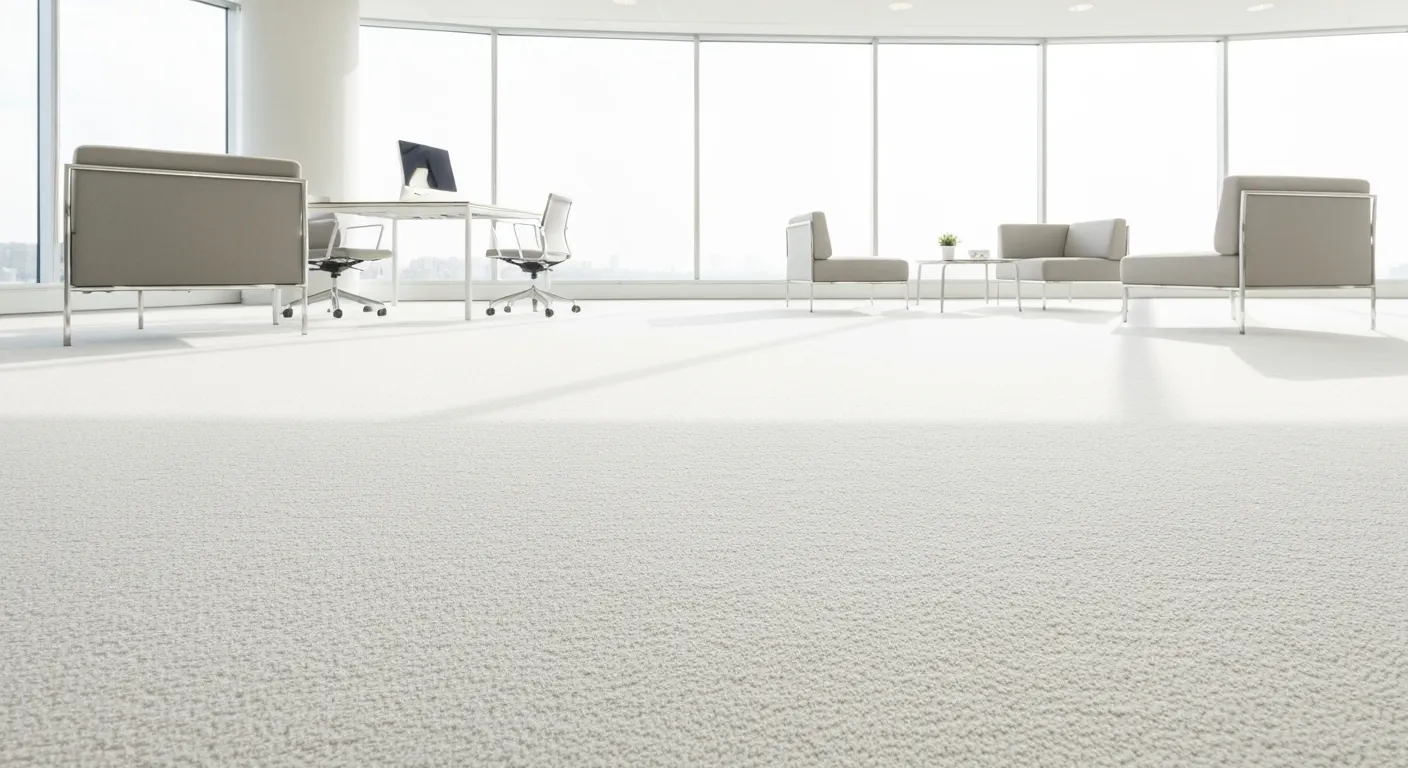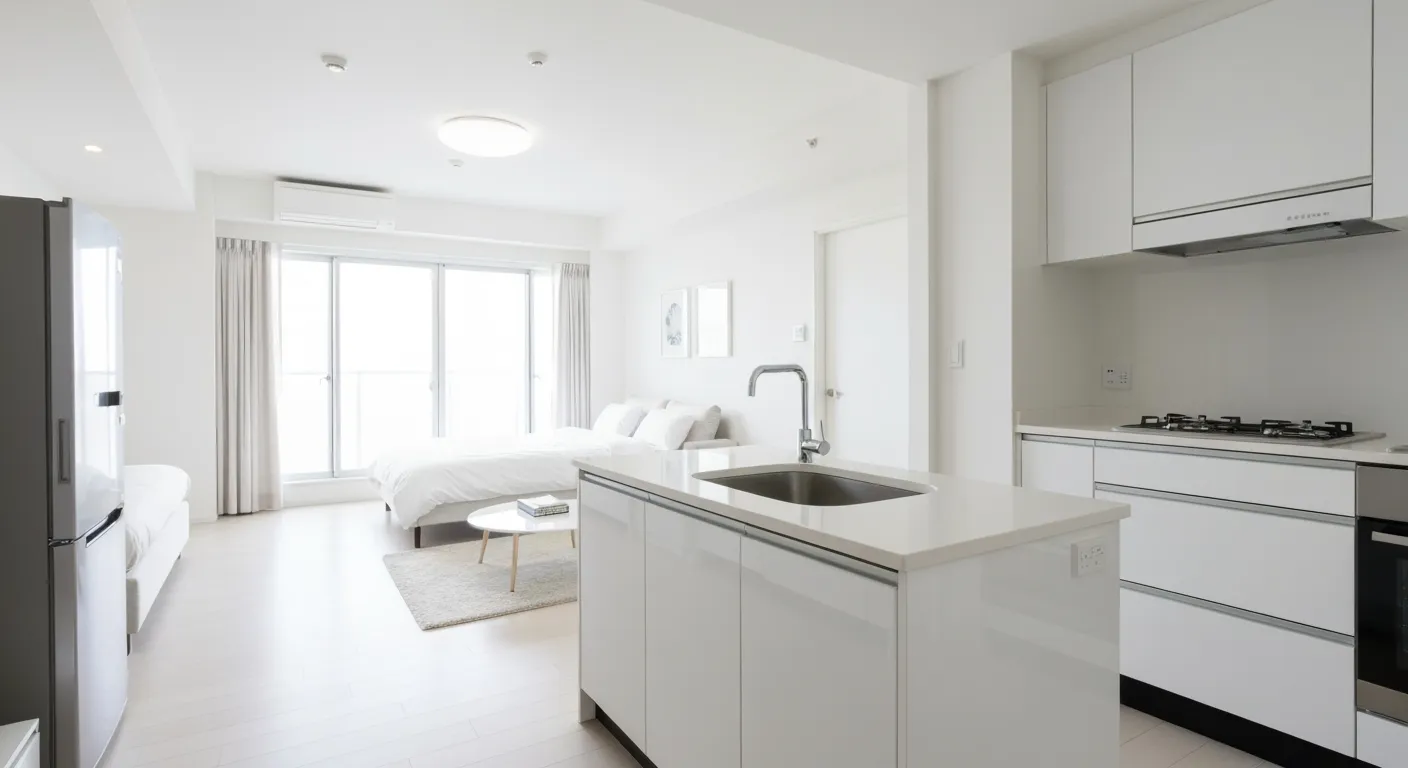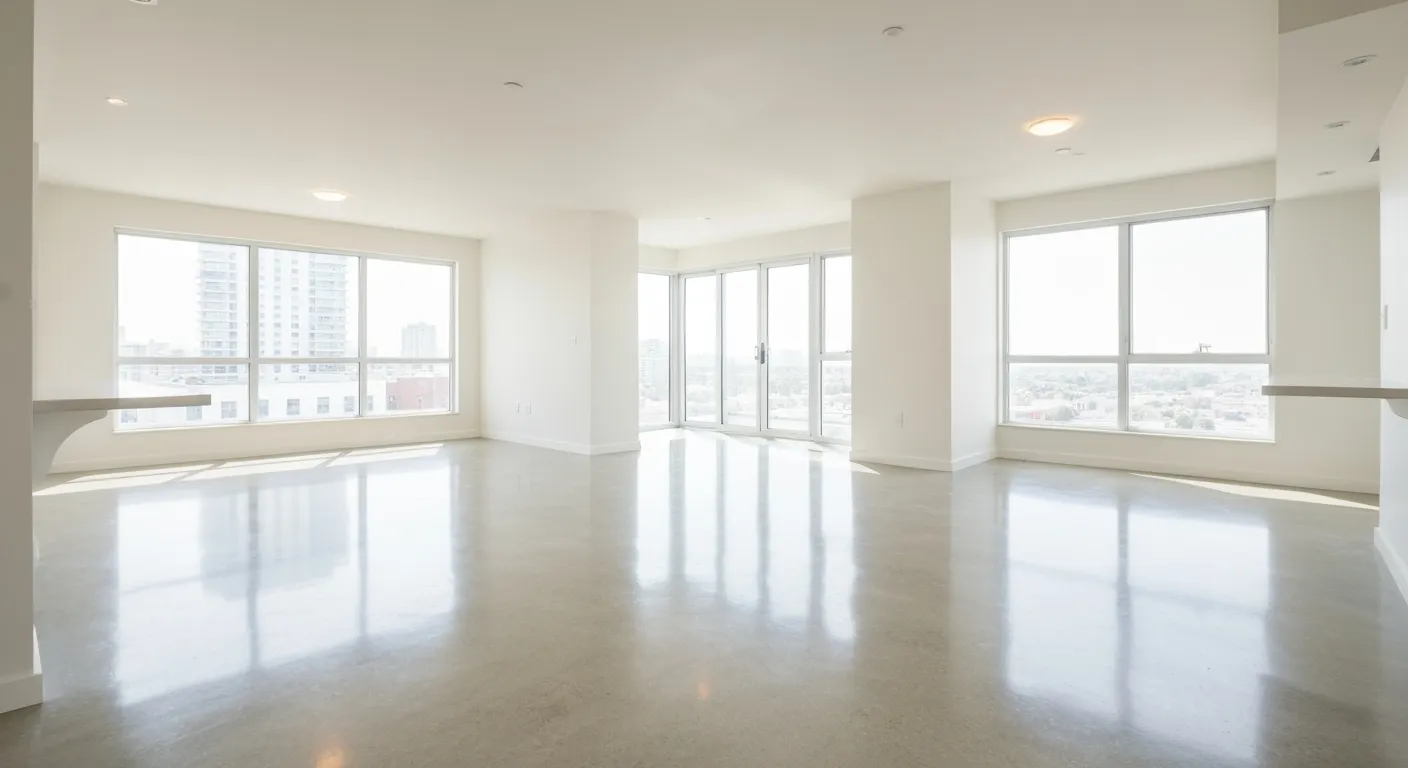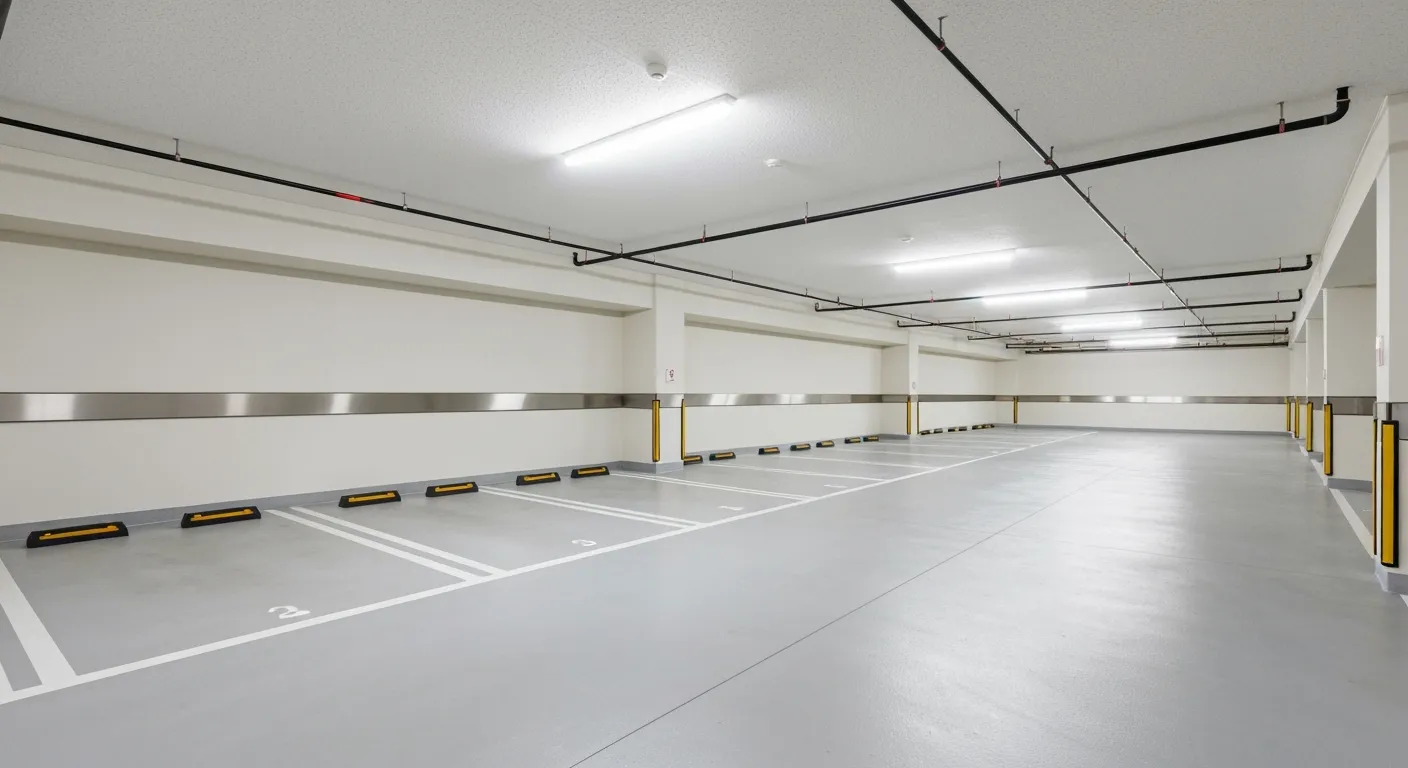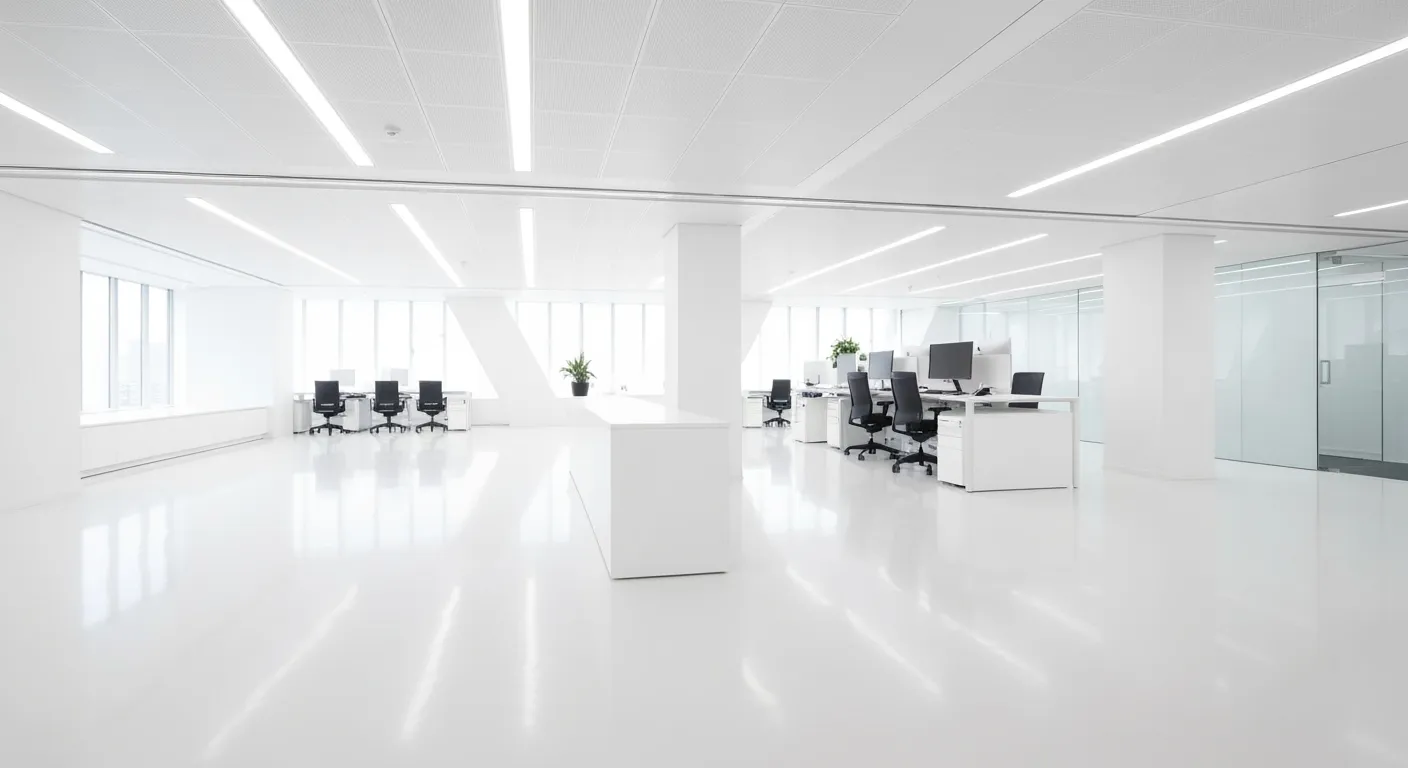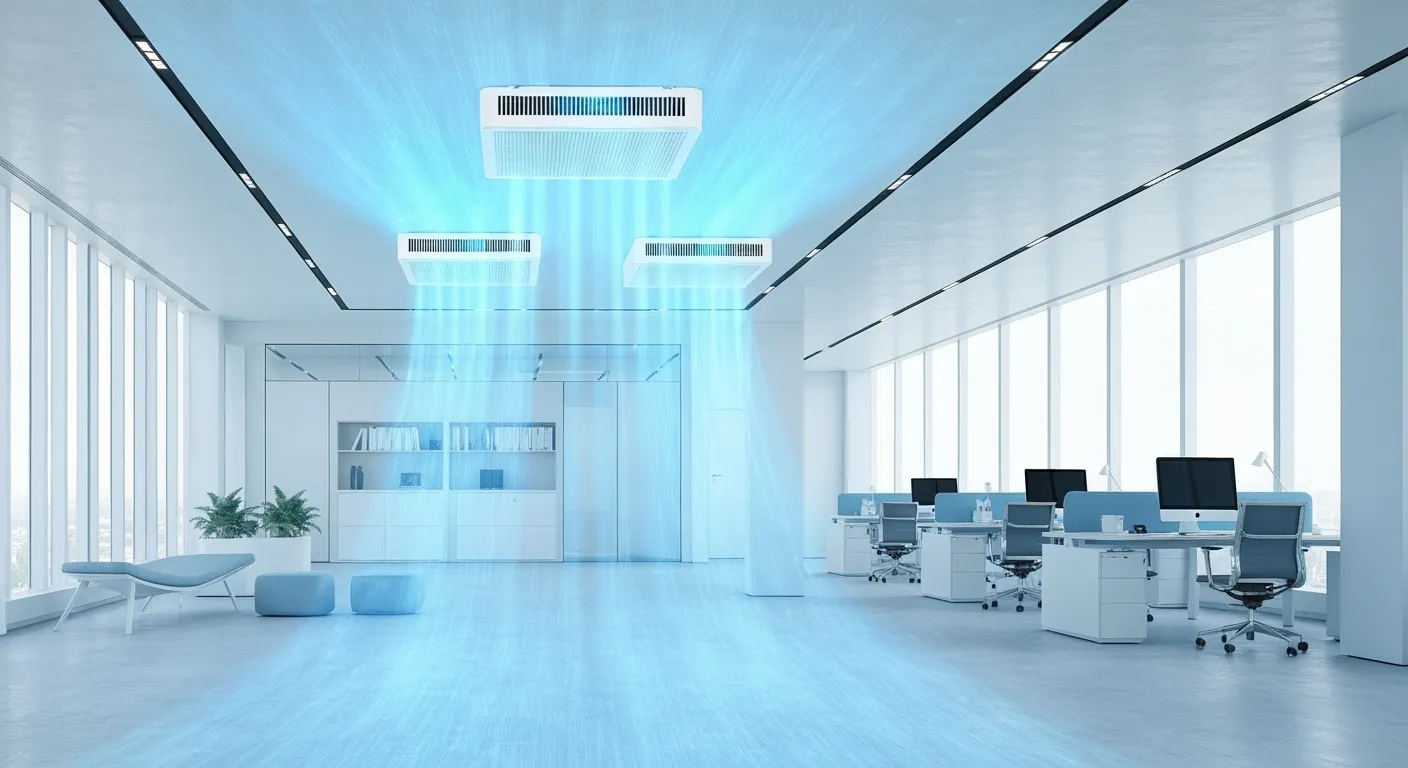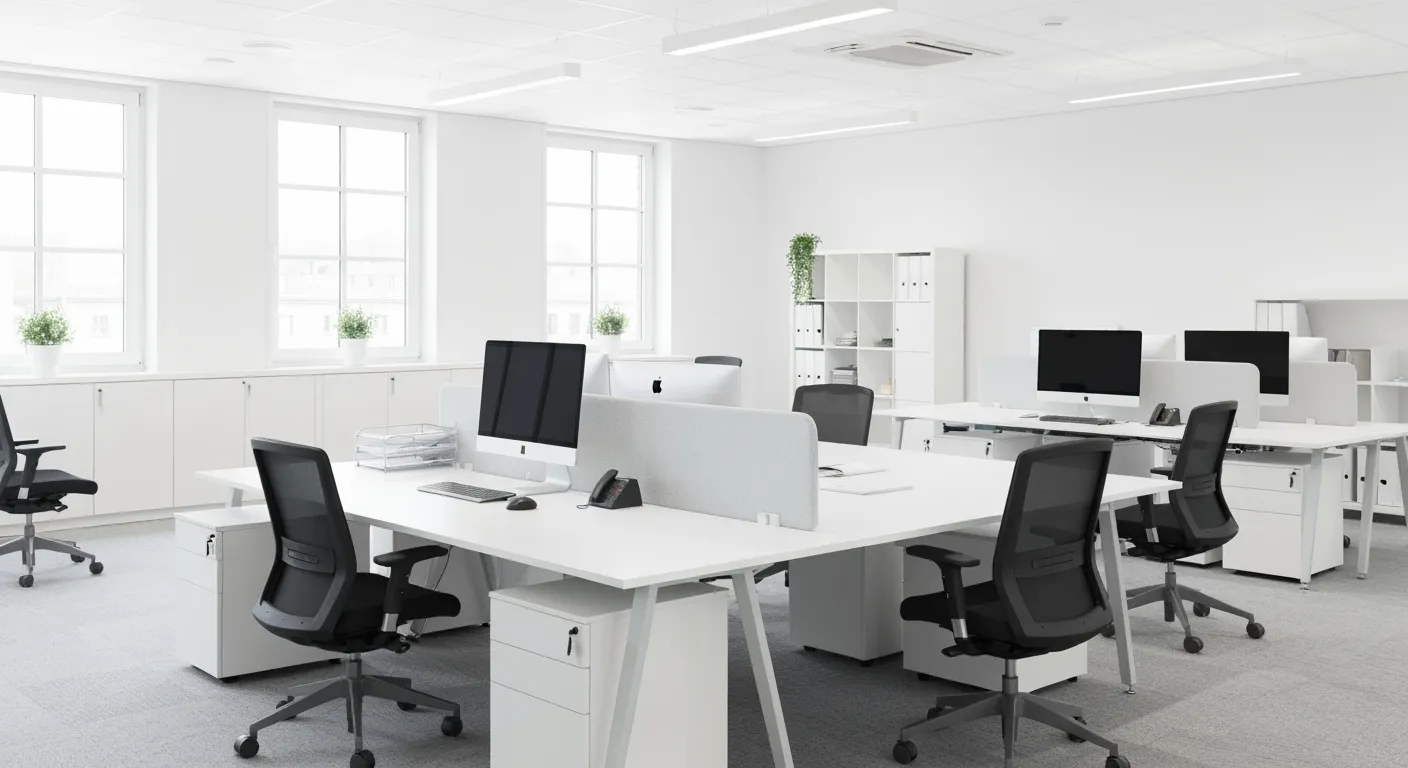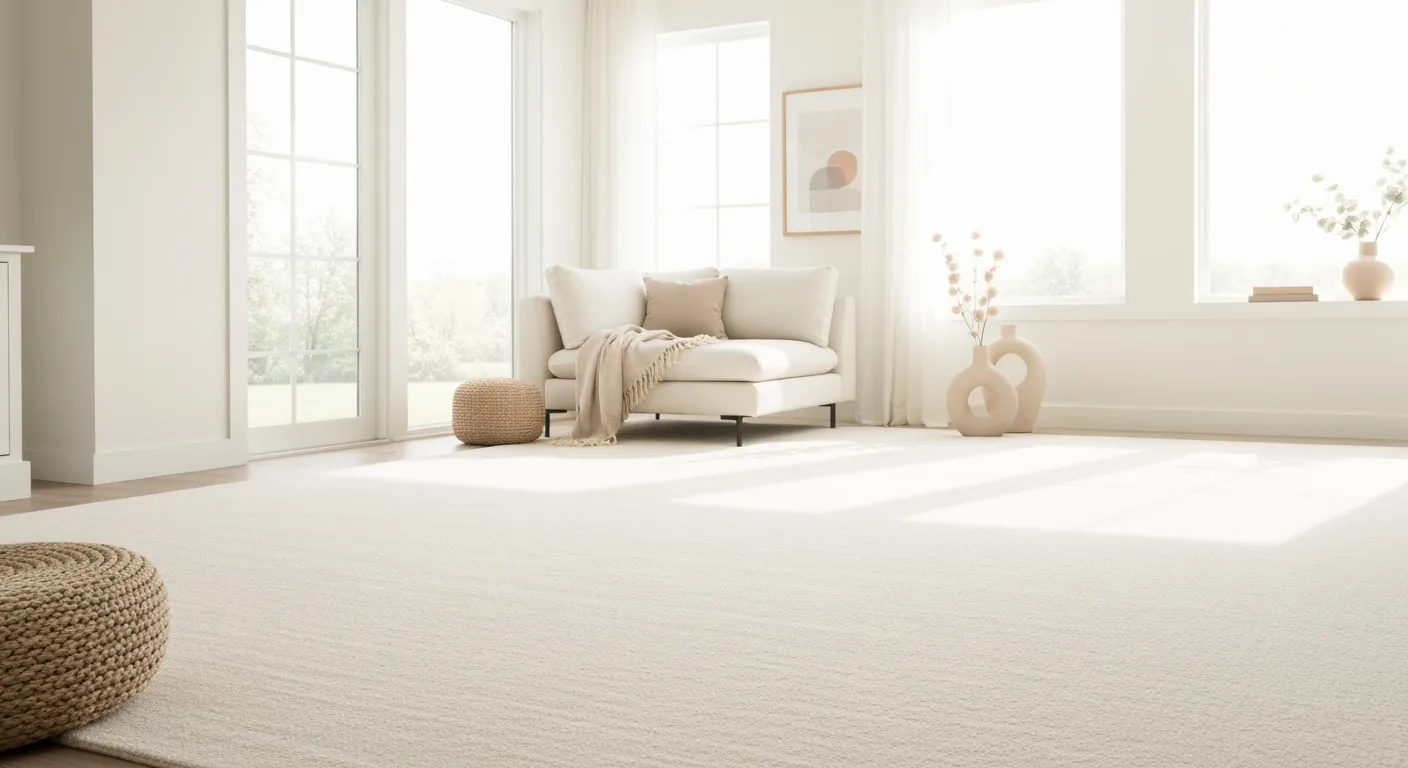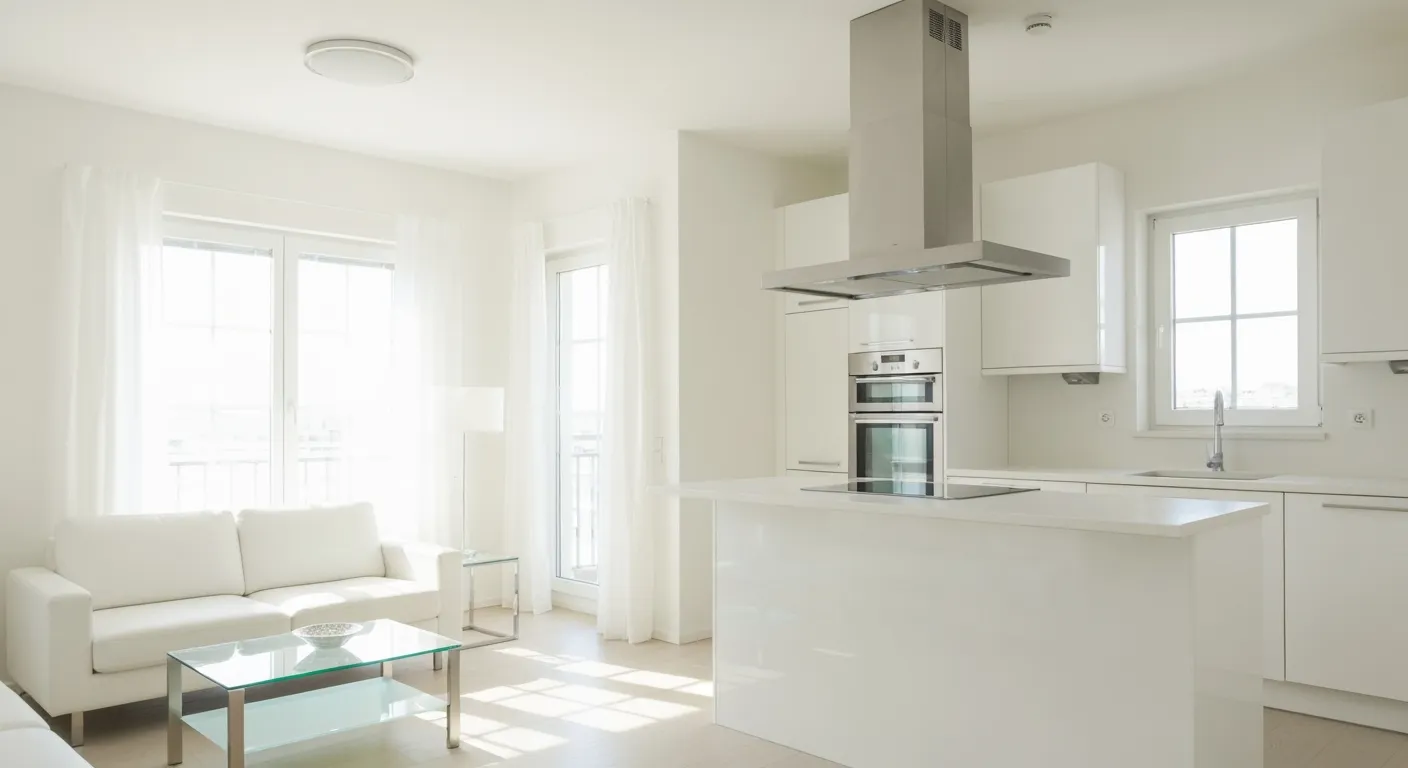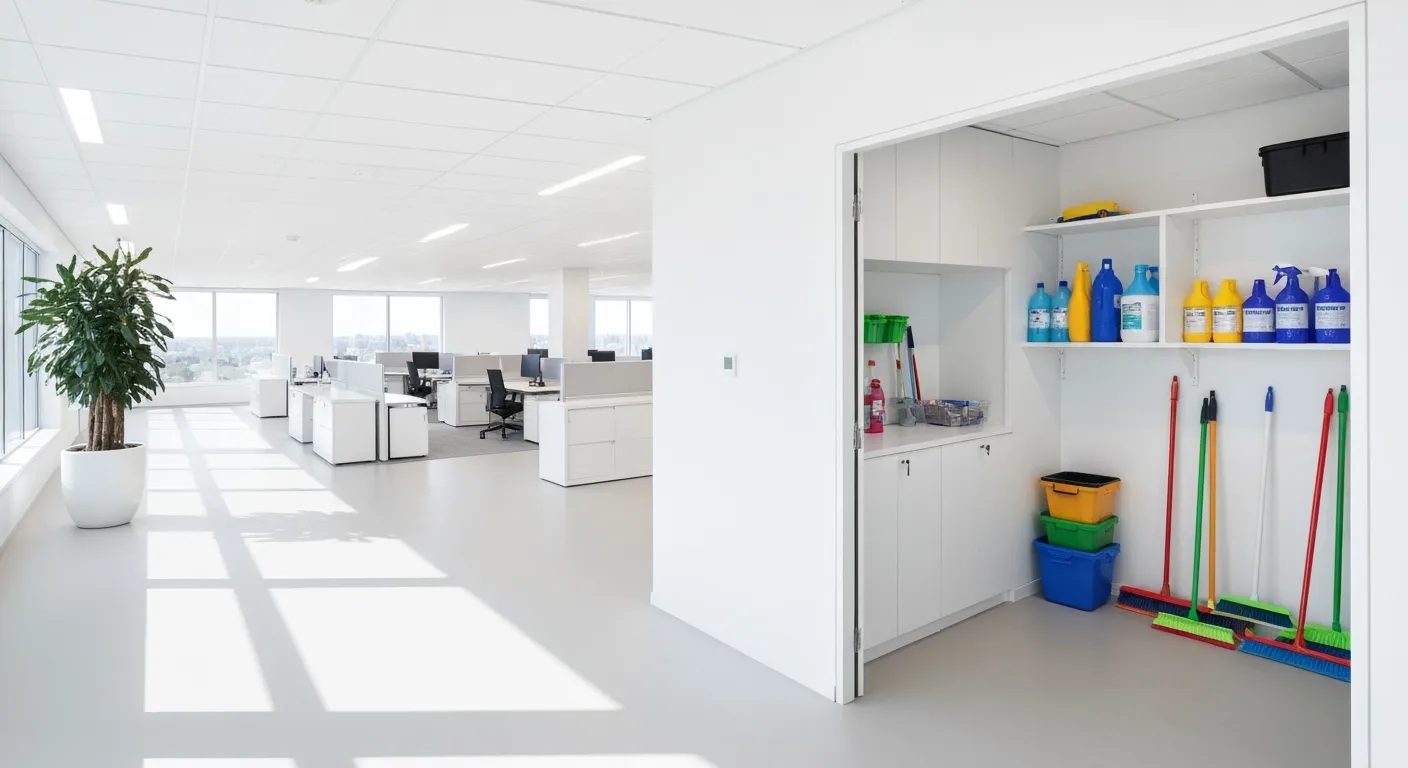How Often Should Carpets Be Professionally Cleaned? What Industry Data Recommends
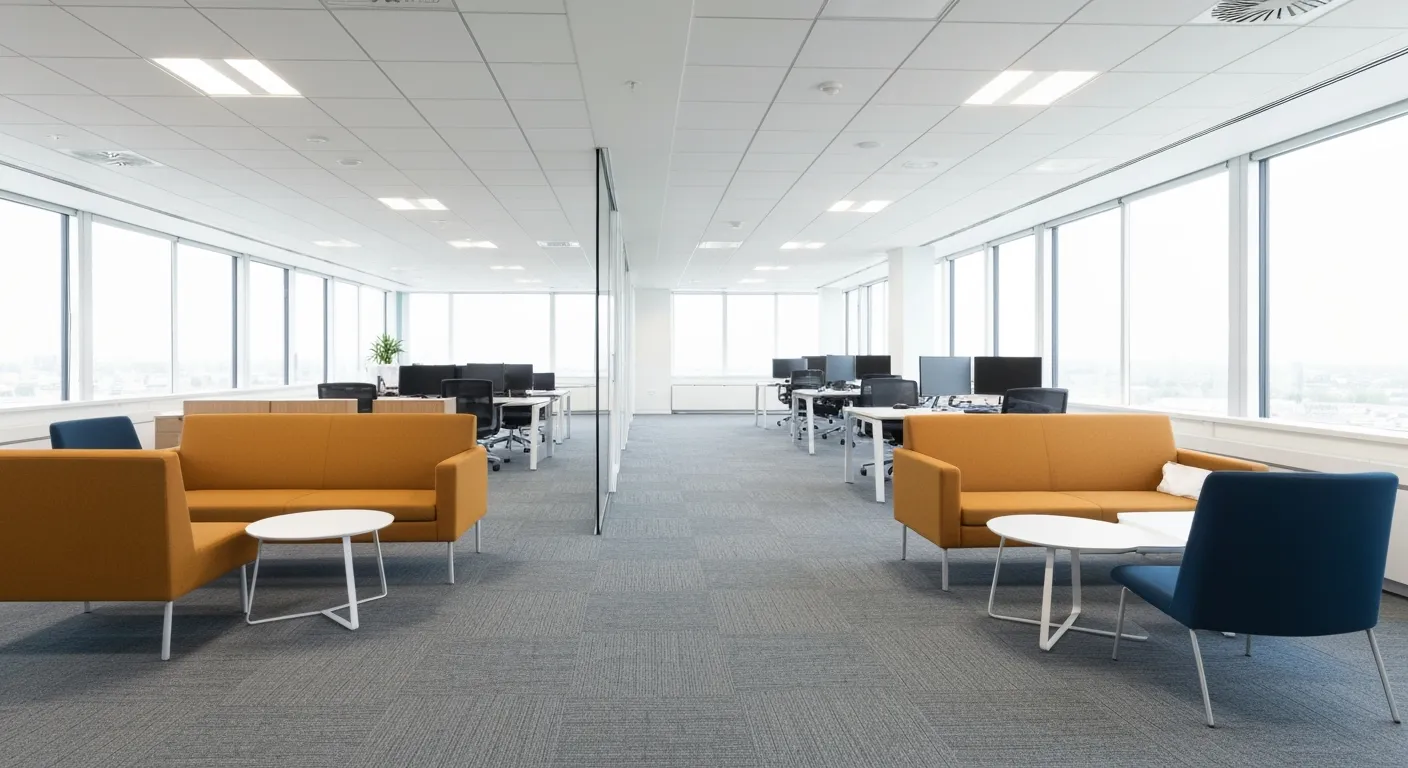
Understanding the Significance of Professional Carpet Cleaning Frequency
Carpets play an integral role in both residential and commercial spaces by enhancing comfort and aesthetics while also impacting indoor air quality and overall health. However, determining how often carpets should be professionally cleaned is influenced by a multitude of factors including foot traffic, presence of pets, environmental conditions, and manufacturer guidelines. This article delves into industry data, expert recommendations, and technical standards to provide a comprehensive overview of carpet cleaning frequencies and best maintenance practices to maximize carpet lifespan and maintain healthy environments.
Industry Standards and Recommended Frequencies for Professional Carpet Cleaning

Most industry guidelines suggest that residential carpets should be professionally cleaned approximately every 12 to 18 months to maintain their appearance, safety, and longevity. This frequency allows for the thorough removal of embedded dirt, allergens, and pollutants that regular vacuuming may miss, thereby improving indoor air quality (Carpet Cleaning Frequency, Professional Carpet Cleaning Frequency).
However, these standard intervals can vary based on several factors related to usage and environment. For high-traffic spaces, such as offices, hotels, or event centers, cleaning might be required every 3 to 6 months, or even monthly in some cases, to keep carpets looking fresh and to extend their usability (Carpet cleaning for business facilities, Cleaning high traffic carpet areas).
Homes with pets, children, or allergy sufferers often need more frequent cleaning—every 6 to 12 months—because of additional dirt, pet hair, dander, and odors (Carpets in Homes with Pets and Children, Carpet Cleaning for Allergies and Respiratory Issues). Medical and educational facilities generally schedule professional cleaning every 1 to 3 months, primarily driven by their need to uphold hygiene standards and reduce allergen buildup (Carpet cleaning for medical facilities, School carpet cleaning recommendations).
Manufacturer recommendations also play a significant role. Most carpet makers advise deep cleaning every 12 to 18 months to preserve warranty conditions and maintain the carpet’s structural integrity (Manufacturer instructions for carpet cleaning, Carpet Cleaning Standards EPA). Regular inspections and signs of wearing, staining, or odors should also inform cleaning schedules (Spotting Tips, Signs You Need Professional Carpet Cleaning).
In summary, while industry standards provide a baseline, actual cleaning frequency depends on carpet type, traffic level, and specific household or facility needs. Following manufacturer instructions and observing the carpet’s condition are essential for maintaining both appearance and longevity (Industry Standards for Carpet Cleaning, Carpet Maintenance).
Factors Influencing Carpet Cleaning Frequency in Different Environments
What factors influence how often carpets should be professionally cleaned?
Several factors influence how often carpets should be professionally cleaned. The level of foot traffic in a household plays a significant role; high-traffic areas like hallways and living rooms require more frequent cleaning. The presence of pets and children can lead to faster dirt and stain buildup, increasing cleaning needs. Households with allergy sufferers should opt for more frequent cleanings to reduce allergens and improve indoor air quality. Additionally, visible dirt, stains, odors, and signs of allergen buildup indicate that it might be time for professional cleaning, which typically is recommended every 12 to 18 months depending on these factors (Carpet Cleaning Frequency, Professional Deep Cleaning Every 12-18 Months).
How can one determine the appropriate carpet cleaning interval based on specific household or business conditions?
To determine the appropriate carpet cleaning interval, consider factors such as foot traffic levels—high-traffic areas like lobbies or hallways typically require professional cleaning every 3 to 6 months, while low-traffic areas can wait 12 to 18 months. The presence of pets, children, or allergy sufferers increases the need for more frequent cleanings, often every 3 to 6 months, to reduce allergens and dirt buildup. Industry-specific guidelines suggest that businesses like hotels, healthcare facilities, schools, and restaurants follow their respective schedules, ranging from once every 1 to 6 months based on usage intensity. Regular vacuuming, prompt spot cleaning, and use of mats can extend intervals between professional cleanings, while signs such as visible dirt, odors, or allergy flare-ups indicate it's time for a professional service. Ultimately, assessing household or business conditions—including traffic, presence of pets, and industry standards—allows for tailored cleaning schedules that maintain carpet appearance, extend lifespan, and promote healthier indoor environments (How Often Should Your Business Clean Their Carpets?, Carpet Cleaning Frequency Guide, EPA carpet cleaning recommendations).
Residential Versus Commercial Carpet Cleaning Frequencies and Practices
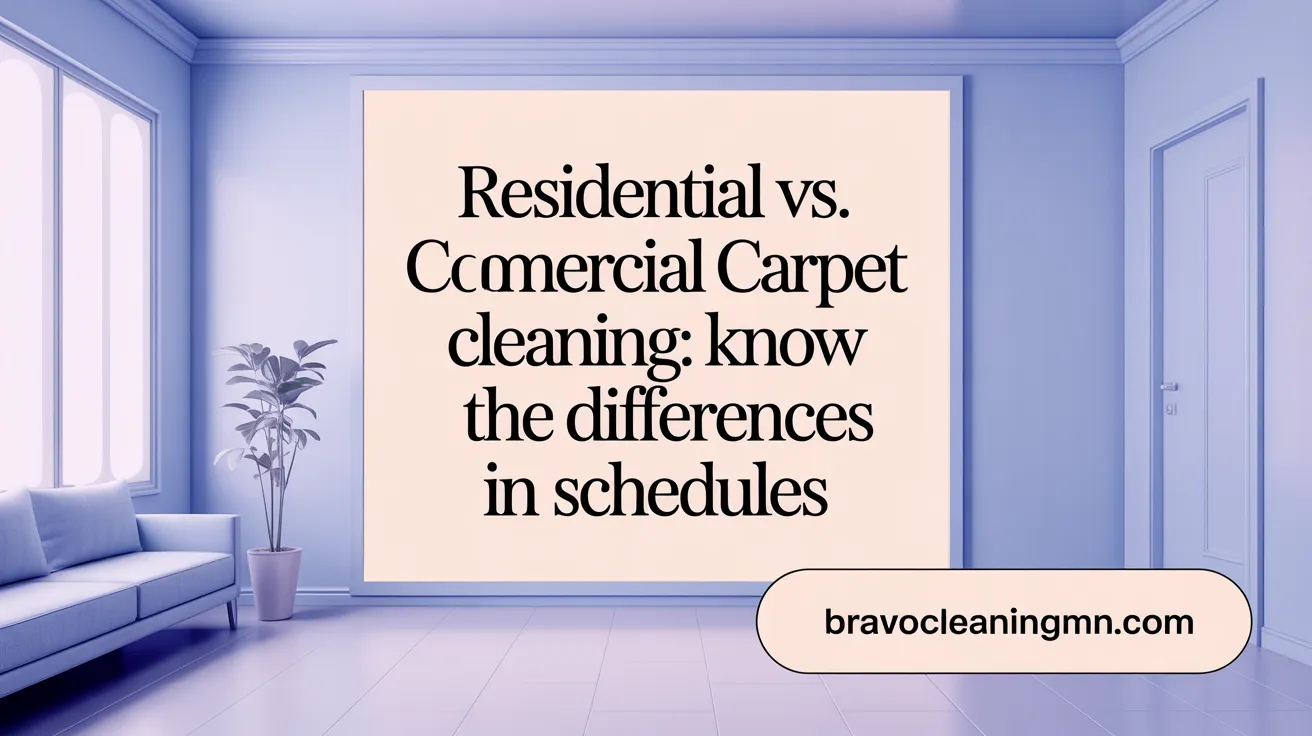
How do recommended carpet cleaning frequencies differ between residential and commercial settings?
Cleaning schedules for carpets vary greatly depending on whether the environment is residential or commercial. In homes, most experts recommend having carpets professionally cleaned every 12 to 18 months. This interval helps to remove embedded dirt, allergens, and pollutants, maintaining indoor air quality and prolonging the carpet's lifespan. For detailed EPA carpet cleaning recommendations and professional deep cleaning frequency, consult the resources endorsed by the Carpet and Rug Institute and EPA.
However, households with pets, children, or allergy sufferers might need to schedule professional cleanings more frequently—approximately every 6 to 12 months—to effectively manage pet hair, dander, spills, and stains. For insights on carpet cleaning for pets and allergies and vacuuming recommendations, see detailed guidelines from industry leaders.
In contrast, commercial environments such as offices, retail spaces, hospitals, and hotels require more regular cleaning routines. For instance, offices often benefit from professional cleaning every 6 to 12 months, with busier areas demanding more frequent service. Hotels and hospitals have specific needs; hotels are typically cleaned every 3 to 6 months to preserve appearance and extend carpet life, while hospitals need cleaning as often as every 1 to 3 months to maintain hygiene standards. See business carpet maintenance tips and professional cleaning frequency for comprehensive schedules.
High-traffic facilities like gyms, event centers, or hope centers may require monthly or even bi-weekly professional cleaning. This frequent cleaning helps combat the rapid accumulation of dirt, dust, and allergens, which can reduce carpet lifespan and pose health risks. The importance of carpet disinfection and sanitization highlights benefits of such frequent professional services.
Industry-specific cleaning schedules for hotels, schools, medical and office spaces
| Facility Type | Recommended Cleaning Frequency | Typical Considerations | Additional Details |
|---|---|---|---|
| Hotels | Every 3-6 months | High visitor turnover, spills, stains, appearance maintenance | To uphold aesthetic standards and extend carpet life (ServiceMaster clean hotel cleaning schedule) |
| Schools | Every 3-6 months | Dust, allergens, high foot traffic, contamination risk | To improve air quality and hygiene (ServiceMaster school cleaning recommendations) |
| Medical Facilities | Every 1-3 months | Infection control, hygiene standards | More frequent to prevent germ spread (ServiceMaster medical facility cleaning schedule) |
| Offices | Every 6-12 months | Office traffic, workplace appearance | Frequency may increase in busy areas (Office carpet cleaning intervals) |
Adjusting cleaning frequency for business needs and image maintenance
Business owners should tailor their carpet cleaning routines to reflect their operational needs and the impression they want to leave on clients and staff. High-profile venues or businesses that prioritize appearance and cleanliness might opt for more frequent cleanings to ensure carpets are always presentable. For guidance, see carpet cleaning frequency for businesses and carpet cleaning for commercial properties.
For example, retail stores or corporate offices might schedule cleaning every 6 months, but more often during peak seasons or after events. Service-oriented businesses, like hotels, may keep a tighter schedule to maintain a welcoming environment. For strategies on professional carpet cleaning frequency and maintaining business image, consult industry guidance.
Health and hygiene implications in commercial settings
Regular professional cleaning in commercial spaces is crucial not just for aesthetics but also for health. Carpets can trap dust, mold spores, pollen, and bacteria, which can contribute to allergies, asthma, or other respiratory issues. Frequent removal of these embedded contaminants through scheduled cleanings supports healthier indoor environments and reduces absenteeism due to illness. Particularly in healthcare and educational settings, maintaining a high standard of cleanliness helps prevent the spread of germs and supports overall wellness. For comprehensive health benefits and cleaning methods, see importance of carpet sanitization and carpet cleaning standards & indoor air quality.
| Setting | Health & Hygiene Focus | Cleaning Frequency Implication | Impact on Indoor Air Quality |
|---|---|---|---|
| Healthcare | Infection control, germ removal | Monthly or quarterly deep cleaning | Significantly improves air quality (Medical facility carpet cleaning schedule) |
| Educational facilities | Allergen reduction, cleanliness | Every 3-6 months | Enhances overall indoor environment (School carpet cleaning recommendations) |
| Offices & retail | Reduce dust, mold, and allergen buildup | Biannual or more frequent in high-traffic | Ensures healthier workspace environment (Office carpet cleaning intervals) |
This tailored approach in cleaning frequency helps maintain not only the appearance but also the health standards essential for each setting, ultimately supporting a safer, cleaner, and more inviting environment for all occupants. For more detailed maintenance plans and standards, see Carpet Care and Maintenance Training Manual and Industry carpet cleaning best practices.
Best Practices and Technical Standards for Carpet Cleaning and Maintenance

What are the best practices and guidelines for maintaining clean and healthy carpets?
Maintaining clean and healthy carpets involves a comprehensive approach that includes routine vacuuming, timely stain removal, and scheduled professional deep cleaning. Regular vacuuming, ideally with a CRI Seal of Approval-certified vacuum cleaner, should be performed daily in high or moderate traffic areas to effectively remove dry soil, dust, and debris that can cause fiber wear over time.
Prompt removal of spills and stains using approved, CRI-certified cleaning solutions is essential to prevent permanent residue and fiber damage. For larger or stubborn stains, professional cleaning methods such as hot water extraction are recommended every 12 to 18 months, depending on traffic and environment.
Preparation before cleaning includes moving furniture and deep vacuuming to maximize effectiveness. After cleaning, thorough drying with air movers or HVAC systems helps prevent mold growth and damage. Environmental safety is also emphasized: using eco-friendly, certified cleaning products and equipment supports green cleaning practices, protects indoor air quality, and preserves carpet warranties.
Preventative measures like placing mats at entrances, encouraging residents and employees to remove shoes, and routinely maintaining carpets can significantly prolong carpet lifespan and hygiene, ensuring a healthier indoor environment. For additional details, review the EPA carpet cleaning recommendations and industry standards for carpet cleaning.
Expert Recommendations and Authoritative Advice on Carpet Cleaning Schedules

Industry experts and authoritative organizations generally agree that professional carpet cleaning should occur every 12 to 18 months to keep carpets in optimal condition. Regular deep cleaning helps remove embedded dirt, allergens, and pollutants, thereby maintaining both appearance and indoor air quality (Professional carpet cleaning frequency, Recommended carpet cleaning intervals, Professional Carpet Deep Cleaning).
In households with high foot traffic, pets, children, or allergy sufferers, the cleaning frequency often needs to increase. For these homes, cleaning every 3 to 6 months is advisable to control pet dander, dust mites, and other allergens that can accumulate rapidly. Some households with severe allergies or respiratory concerns might even benefit from cleaning every 3 months (Cleaning Carpets Every 6 to 12 Months, Deep Cleaning Every 3 to 6 Months for Allergies, Benefits of Regular Professional Carpet Cleaning).
Vacuuming regularly, at least once a week in all areas, forms the foundation of ongoing carpet maintenance. Consistent vacuuming removes surface dirt and prevents it from settling deep into fibers, which makes deep cleaning more effective and extends carpet longevity (Recommended vacuuming practices, Routine Vacuuming for Carpets, Vacuuming Frequency for High-Traffic Areas).
For commercial spaces, the recommended schedule varies based on usage intensity. Hotels, medical facilities, and public buildings often require cleaning every 3 to 6 months or even monthly, especially in high-traffic areas that experience frequent spills, dirt, and wear. These settings also benefit from using certified cleaning systems that meet industry standards, such as those approved by the Carpet & Rug Institute (CRI), to ensure thoroughness and safety (Carpet cleaning for hotels, Carpet Cleaning Standards EPA, Carpet & Rug Institute Seal of Approval).
Proper stain treatment and prompt attention to spills further safeguard carpets from permanent damage. Using CRI-certified cleaning products and equipment not only aligns with industry best practices but also helps preserve manufacturer warranties (Proper spot and stain removal with CRI-certified products, Cleaning Products Standards, Carpet Cleaning Warranties).
In conclusion, while routine vacuuming should be performed weekly, expert advice emphasizes deep cleaning every 12 to 18 months for most homes. More frequent cleaning depends on specific environmental factors, household needs, and commercial demands, all aimed at prolonging carpet life and maintaining a healthy indoor environment (Frequency of carpet cleaning according to EPA, Carpet cleaning importance, Extending Carpet Lifespan).
Carpet Cleaning Business Insights: Opportunities and Industry Trends
The carpet cleaning industry is a lucrative market with a total value projected to surpass $5 billion, offering substantial opportunities for entrepreneurs. Businesses can achieve profitability, with gross revenues ranging from $75,000 to $250,000 annually and profit margins between 30% and 50%. Starting a carpet cleaning business requires minimal initial investment, typically between $5,000 and $20,000, covering essential equipment like industrial vacuums and steam cleaners (Carpet cleaning business startup costs, How to Start a Carpet Cleaning Business).
Training and certification from recognized industry bodies such as the Institute of Inspection Cleaning and Restoration Certification (IICRC) enhance credibility and ensure high-quality service (IICRC Certification for Carpet Cleaning, Carpet Care & Maintenance Guide). Industry trends show a growing preference for eco-friendly cleaning services using advanced technology, such as energy-efficient machines and non-toxic cleaning solutions, aligning with green cleaning principles (Eco-friendly carpet cleaning services, Green Cleaning Principles for Carpets).
Effective marketing strategies include local SEO, partnerships with real estate agencies, and targeted outreach to both residential and commercial clients (Marketing Strategies for Carpet Cleaning, Branding and Marketing for Carpet Cleaning). Customer segmentation varies from homeowners seeking regular maintenance to large facilities like hotels, schools, and healthcare centers with specific needs (Carpet cleaning for hotels, Carpet cleaning schedule for medical facilities). Understanding these trends and requirements can position new entrants for success and growth in the evolving carpet cleaning industry.
Sustaining Carpet Integrity Through Informed Cleaning Practices
Determining the optimal frequency for professional carpet cleaning depends on a matrix of factors including traffic intensity, occupant health concerns, environment, and specific use cases across residential and commercial sectors. Industry standards consistently recommend deep cleaning every 12 to 18 months for typical households, while recognizing that carpets in high-traffic or specialized environments require more frequent attention. Adhering to manufacturer guidelines, employing certified cleaning equipment and products, and implementing routine maintenance practices such as vacuuming and prompt stain removal are critical to prolonging carpet life, enhancing indoor air quality, and maintaining aesthetic appeal. Additionally, the growing market for carpet cleaning businesses reflects increasing consumer awareness and demand for professional, eco-conscious services tailored to diverse needs. Ultimately, informed scheduling and maintenance decisions preserve both the value of carpet investments and the wellbeing of building occupants.


